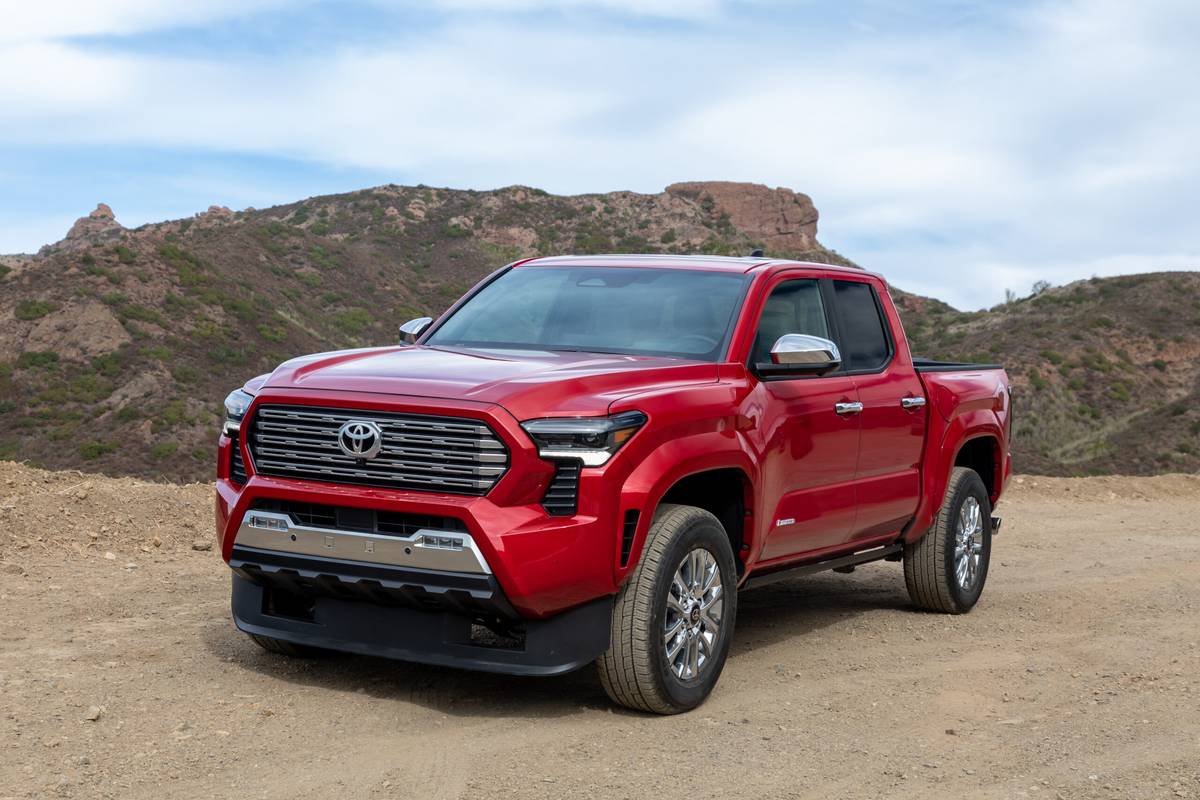
The verdict: A fan favorite gets significant, meaningful upgrades to help it keep its status as king of the mid-size pickup sales numbers.
Versus the competition: Other trucks may be more powerful, more comfortable or feature nicer interiors, better multimedia systems or more sophisticated off-road equipment — but none feature the Tacoma name that loyal owners value so highly.
It’s always a momentous day when there’s a new Toyota Tacoma arriving in showrooms — mostly because it so rarely happens. Just the fact that there is a new Tacoma is extraordinary, so long ago was the last redesign. But the Taco’s age hasn’t crimped its style, as it’s still the top-selling mid-size truck in the category — kind of amazing when you consider that almost all of its competitors have been significantly refreshed and are much more modern.
But now the Tacoma’s been fully updated to completely modern 21st century standards, and the fight is officially on to retain its title with this latest model. Has Toyota gone far enough in modernizing the Tacoma to keep its legions of loyal fans coming back for another one? We drove nearly every trim and powertrain combination of the new ‘24 Tacoma in Southern California recently to find out (per Cars.com’s ethics policy, we pay for all travel and lodging at such manufacturer-sponsored events).
Related: What’s Old Is New: 2024 Toyota Tacoma Adds Tech, Trims, Hybrid Powertrain
So Many Styles
One area where Toyota intends to protect the Taco’s uniqueness is in the number and type of variations it plans to offer. You can get a ‘24 Tacoma as an XtraCab (what we’d call a single cab, or a two-door, two-seat version) or Double Cab (what most everyone calls a crew cab, or a four-door, five-seat version). Two bed lengths are available (5 feet and 6 feet long) and two wheelbases, as well. As for trims, there will be six available initially: SR, SR5, TRD PreRunner, TRD Sport, TRD Off-Road and Limited. Coming later will be the off-road top trim TRD Pro and the new-for-2024 Trailhunter. It’s something other brands have moved away from: The Chevrolet Colorado and related GMC Canyon, Jeep Gladiator and latest Ford Ranger will only be available in four-door crew-cab configurations; the Nissan Frontier is the only other mid-size truck with two cab styles. The fewer build combinations an automaker has to contend with, the more profitable a vehicle can be at a lower volume; but given the Taco’s sales popularity, this is less of an issue for Toyota than for competitors.
What this results in is a truck that can accommodate just about anyone’s needs. Looking for a two-seat, bare-bones, sittin’-on-steelies SR work truck for $31,000? Got it. Want a bright-orange, off-road-capable, stick-shift 4×4 crew cab? Got that, too. Looking for a totally loaded, leather-lined, tech-laden luxury truck for beaucoup bucks? Toyota’s got you covered there, as well. While this makes one big overall evaluation harder to write, it does provide a wide range of possible trucks for buyers. That’s where the Tacoma shines.
Looking Like the Family
We may as well start with the bones of the truck and the way it looks. The new Taco sits on an all-new platform, sharing its box-frame chassis with the Tundra full-size pickup and Sequoia full-size SUV, as well as the all-new 2024 Land Cruiser we’ve yet to drive. That means the truck is more robust than it likely needs to be while also incorporating a lot more lightweight materials than the outgoing model. It uses aluminum in key locations to keep mass down to similar levels as the prior Tacoma despite being a little bit bigger. The styling is a variant of Toyota’s chunky new truck look that we’ve seen on the Tundra and Sequoia, and it works well — it might have a little resemblance to the latest Colorado and Canyon in its wider, fat-fendered stance and bulky front end, but it has plenty of Toyota cues in its grille and cabin lines, as well. One out-of-place necessity is the aero shield under the front bumper on non-off-road models, which is meant to improve aerodynamics and fuel economy; it looks bizarre and seems likely to be ripped off upon the truck’s first encounter with a tall parking stanchion. Off-road trims don’t have this plastic shield for that very reason and as a result tend to look a little less awkward. Out back, the bed is the same length as the previous gen but is deeper, with taller sides, allowing for a higher-volume capacity. New features include an optional 400-watt inverter plug in the bed (2,400 watts on i-Force Max hybrid trucks) and an optional power-opening and closing tailgate activated by buttons hidden in the sides of the taillights.
One Powertrain, Several Outputs
Powering most Tacomas will be a turbocharged 2.4-liter four-cylinder engine, but its power and torque numbers are dependent upon a few things. It starts with the base SR trim, in which that engine is mated to an eight-speed automatic transmission and puts out 228 horsepower and 243 pounds-feet of torque in what’s basically a work truck/fleet sales/contractor special. If you want a six-speed manual transmission in the SR, you can have one — but only in Double Cab 4×4 trim, and making this configuration means the engine puts out 270 hp and 310 pounds-feet of torque. (The manual-transmission 4×4 double-cab configuration is also available in the TRD Sport and TRD Off-Road trim levels.) Everything else gets the eight-speed auto, whether in 4×2 or part-time 4×4 form, and in all models other than the SR, the four-cylinder makes 278 hp and 317 pounds-feet in this pairing. This is going to be the high-volume engine seen in most Tacomas.
There’s one other optional powertrain, however, coming later as standard on the TRD Pro and Trailhunter and optional on the TRD Sport, TRD Off-Road and Limited: the i-Force Max hybrid, which combines the turbo 2.4-liter with a electric motor system to produce a hefty 326 hp and 465 pounds-feet of torque, making it the torquiest powertrain you can get in a mid-size truck (for now). But for volume models, the 2.4-liter i-Force turbo engine is a bit outgunned on paper; the standard engine in any Canyon is a turbocharged 2.7-liter four-cylinder making 310 hp and 430 pounds-feet. That’s a 113-pound-foot torque deficit across the board, which is not insignificant and might be a contributing factor to why a Canyon can tow up to 1,300 pounds more than a Tacoma, depending on equipment.
What we discovered in our drive of several trim levels of the Tacoma equipped with the 2.4-liter turbo engine is that this torque deficit doesn’t matter in normal use, as the new powertrain is excellent. It pulls, it’s quick, it’s snorty and raucous like you’d expect a truck engine to be, and it moves the Tacoma smartly in any configuration. The eight-speed automatic is best suited to the engine, however, as the manual transmission is about what you’d expect for a truck stick shift: It’s vague, the throws are long, and the 1st-2nd shift is so tall that it’s easy to over-rev the engine when doing it, especially off-road. Driving both the manual and automatic in different Tacomas off-road, I vastly prefer the automatic, which seems to work a lot better in off-road situations and eliminates one more variable in dealing with obstacles.
Vast Dynamic Improvements
Aside from the excellent powertrain, the rest of the truck has received some vast improvements to its equipment and dynamics. The braking system has been upgraded to four-wheel discs (no more rear drums) and is far, far better than the outgoing truck’s in terms of pedal feel and stopping effectiveness. The ride quality can be a little choppy in most models, but this is true for most mid-size trucks — and for 2024, there’s an optional coil-spring rear suspension on some trims that helps smooth things out a bit. Steering feel is also improved thanks to the new electric power-steering system that also allows for the inclusion of more modern electronic safety systems, like lane departure steering assist. My testing of all the Tacoma’s variants (except for the base SR) on the tight, winding canyon roads through Malibu, Calif., revealed the new Tacoma to be a much more enjoyable, comfortable and predictable truck to drive. The old one had issues with power (it ran out of steam pretty quickly), braking feel and fade, and steering numbness; the new one addresses all of the old truck’s issues and comes away with a much more modern, capable and comfortable truck.
Still an Off-Road Champ
Fully half of the Tacoma’s trim levels are off-road-oriented, which seems to be the big trend in the mid-size pickup class these days. The Taco’s always been good at romping in the dirt, and the new model is no different. Even without being able to try the two top off-road trims (TRD Pro and Trailhunter), we came away impressed with the Taco’s abilities. The TRD Off-Road trim is well equipped to tackle the trails, with improvements made to drive modes and the Crawl Control off-road cruise control feature that Toyota says helps reduce the stress of driving in the dirt at low speeds over obstacles. A new surround-view panoramic monitor is also available; it brings several cameras to the party and allows for a 360-degree view of the truck’s surroundings — very helpful when negotiating obstacles that might point the Taco’s nose skyward, making forward or side visibility tricky.
More From Cars.com:
- 2024 Toyota Tacoma TRD Pro Vs. Trailhunter: What We Know So Far
- 2024 Toyota Tacoma Bucks Trend, Keeps Manual Transmission
- Comparing Toyota’s Off-Roaders: How Does the 2024 Land Cruiser Stack Up?
- Here Are the 10 Cheapest Pickup Trucks You Can Buy Right Now
- What Are the Best MPG Pickup Trucks?
No More Sitting on the Floor
Inside, the new cabin is also a dramatic improvement over the old one thanks to the new packaging that comes with switching to the redone Tundra platform. The seating position is the most obvious change — no more sitting on the floor with your legs straight out in front of you and your head hard up into the headliner. The old Tacoma suffered from its ancient chassis and cabin layout, which were originally intended more for the Japanese market. The new one is sized appropriately for bigger American buyers, with excellent seating position for either front-seat occupant. The back is tight; legroom isn’t any more plentiful in the latest model than in the prior one, and anyone sitting in the back of a Double Cab is going to have to negotiate some legroom with those in the seat ahead to sit there for any length of time.
From a design standpoint, the new interior is a thoroughly modern update, but materials-quality evaluations will have to wait until a later date — the trucks Toyota made available at the launch drive were not yet production spec and all featured panels and pieces inside that were shiny, smooth, preproduction plastic. Build-quality evaluations will also have to wait; because these were hand-built prototypes, there were squeaks and rattles in some models that were indicative of their early status.
The New Tech
The technology inside, on the other hand, was representative of what we’ll get when the trucks arrive in dealerships in December 2023, and that means new digital displays for the gauge cluster and new touchscreen multimedia systems for the center console. The standard gauge cluster is a 7-inch screen, with a configurable 12.3-inch screen standard on higher-grade trims. It’s bright and easy to use, but it becomes rather cluttered with a lot of lights and icons when you start activating various systems, making for a bit of information overload.
The center console touchscreen is an 8-inch screen running the latest Toyota Audio Multimedia system, featuring standard wireless Apple CarPlay and Android Auto, and it works well enough — but the Toyota native system is only really middle-of-the-road in terms of features, sophistication and ease of use. Top-trim variants come with an absolutely massive 14-inch touchscreen that dominates the interior, and for systems like Apple CarPlay, it’s fantastic, offering ease of use and quick switching between apps; for the Toyota Audio Multimedia system, it just reinforces that system’s lack of icon-based controls or even a home screen. It’s a lot of beautiful real estate that looks empty if you’re using Toyota’s native system.
There are some novel surprise-and-delight features arriving on the new ‘24 Tacoma, such as a wireless towing camera that can be placed on the back of a trailer that communicates wirelessly with the optional rear camera mirror in the cab, allowing you to see behind the trailer while rolling down the road. The optional JBL premium audio system features a removable center-channel speaker in the dashboard which, when released, acts as a Bluetooth-capable speaker. There’s an optional head-up display on certain trims, as well, but it disappears if you wear polarized sunglasses. The Limited trim can be had with power-folding running boards, even. All are items meant to make loyal Tacoma owners even more excited about trading up to the first truly new Taco in years.
Related Video:
We cannot generate a video preview.
Pricing for Every Wallet
The starting price for a basic SR two-door 4×2 is $32,995 (all prices include a hefty $1,495 destination fee) and climbs to $53,595 for a Limited Double Cab 4×4. In between, there are four trims that cater to everyone, from the 4×2 XtraCab PreRunner to the on-road-oriented TRD Sport. The Tacoma’s versatility, improved daily livability, legendary reliability and quality, and all of its new capabilities and features are likely to continue to keep it at the top of a lot of truck intenders’ lists. A comparison test will really be required to know if the Tacoma works and performs better than the latest crop of competitors, but Toyota has certainly laid down a strong challenge.
Cars.com’s Editorial department is your source for automotive news and reviews. In line with Cars.com’s long-standing ethics policy, editors and reviewers don’t accept gifts or free trips from automakers. The Editorial department is independent of Cars.com’s advertising, sales and sponsored content departments.
























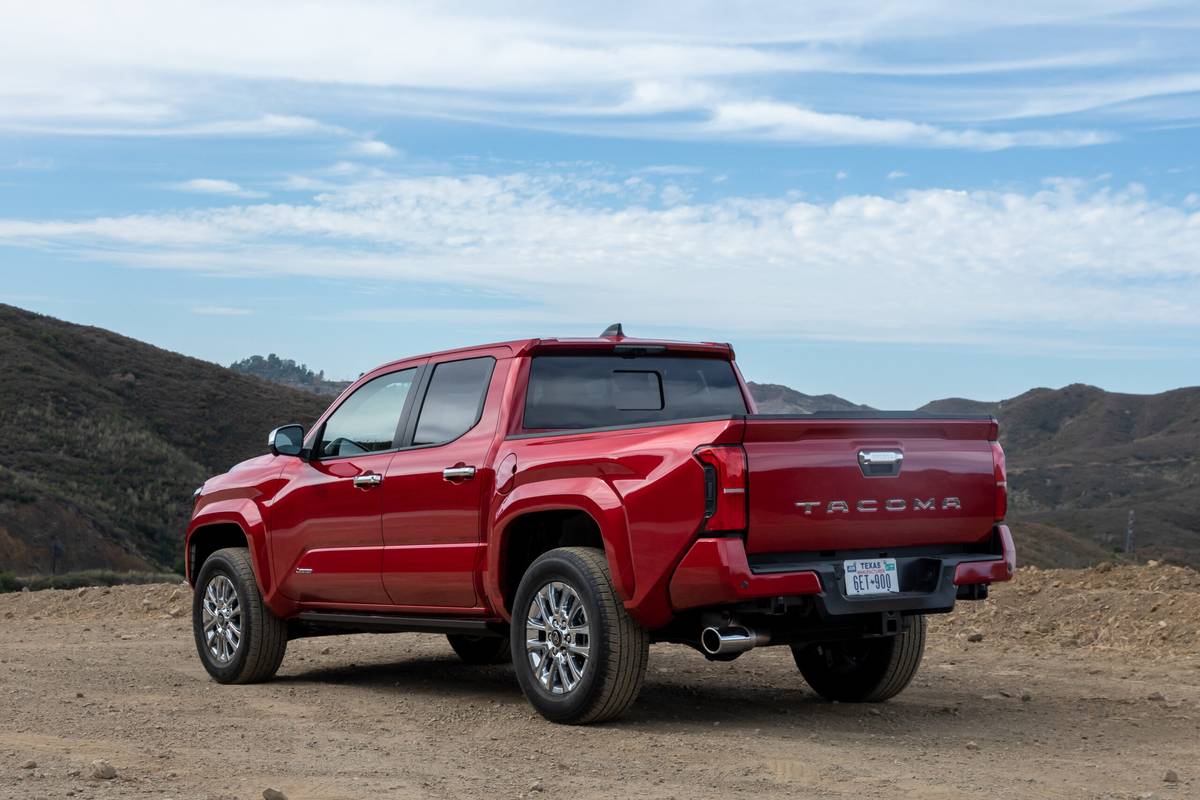
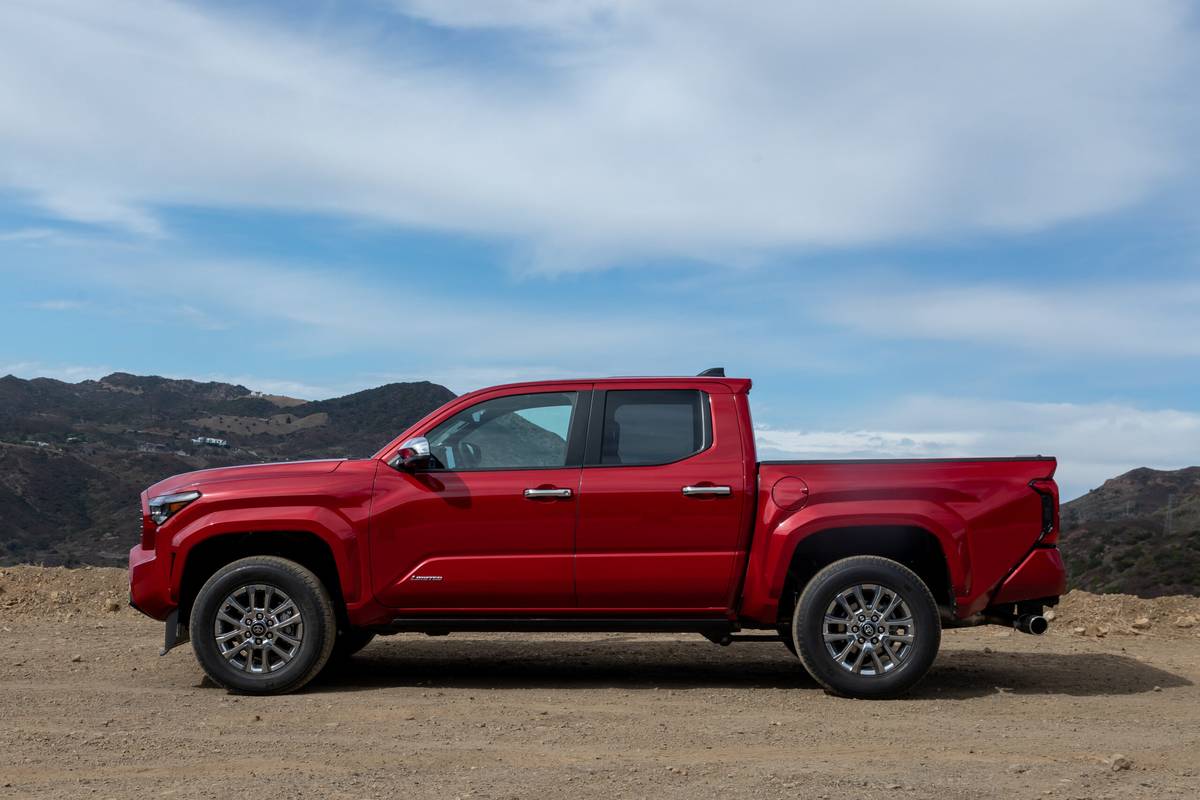
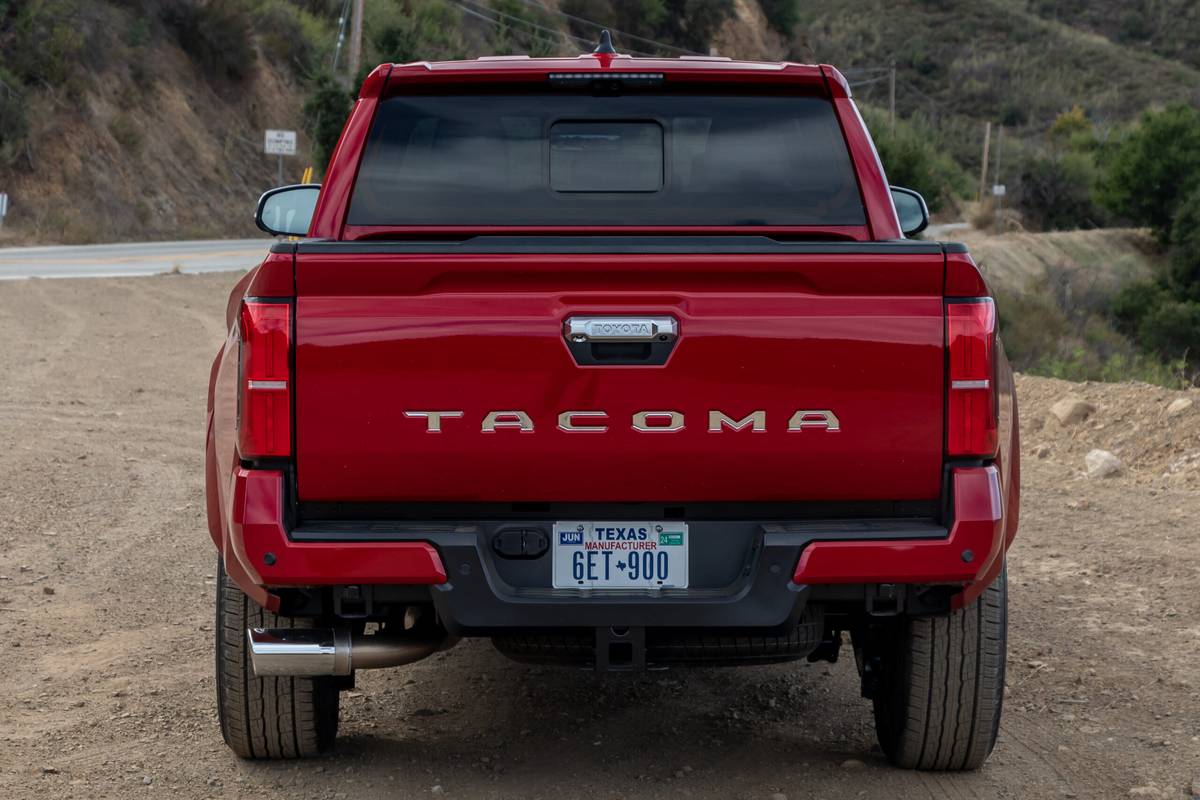
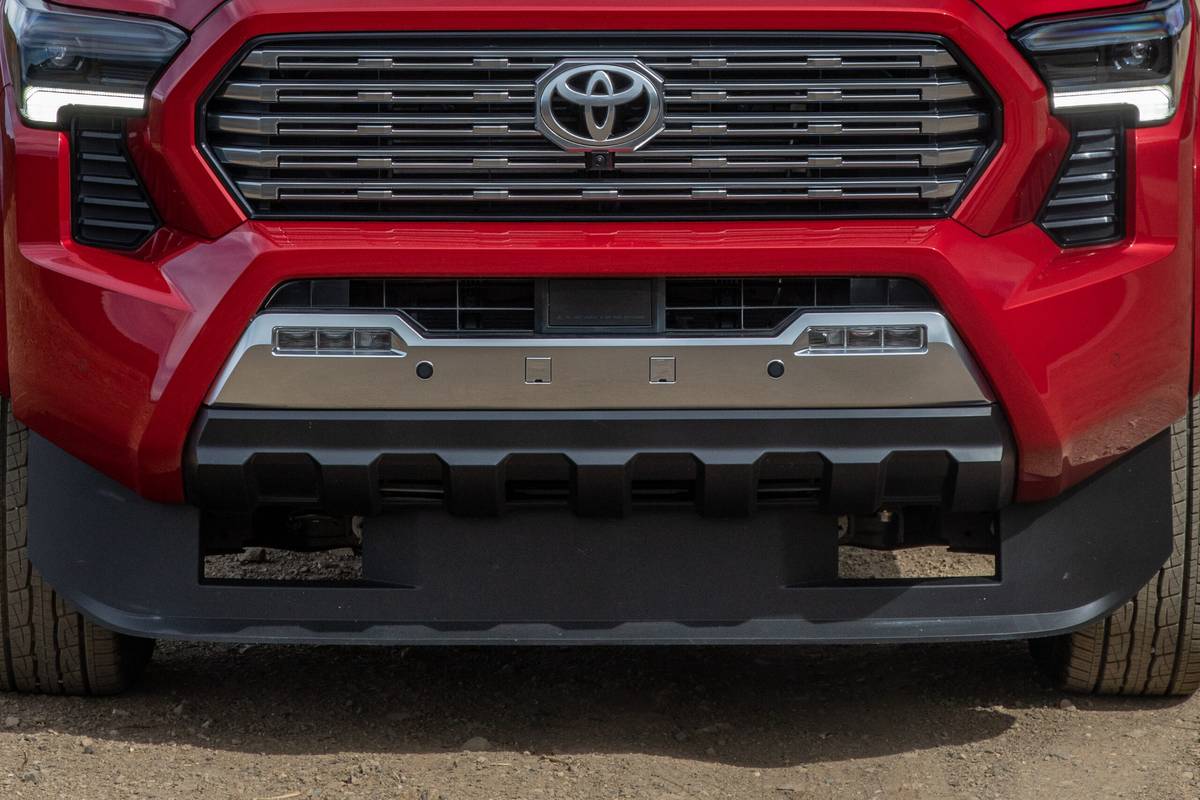
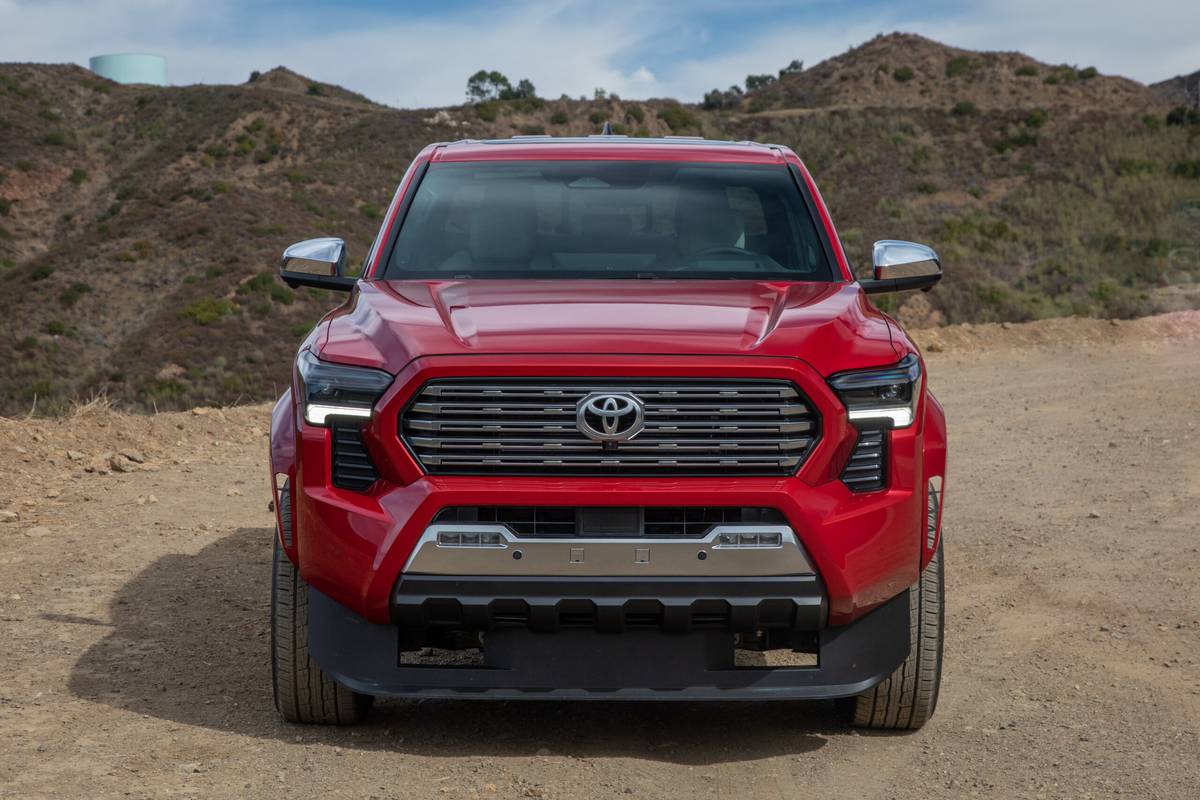



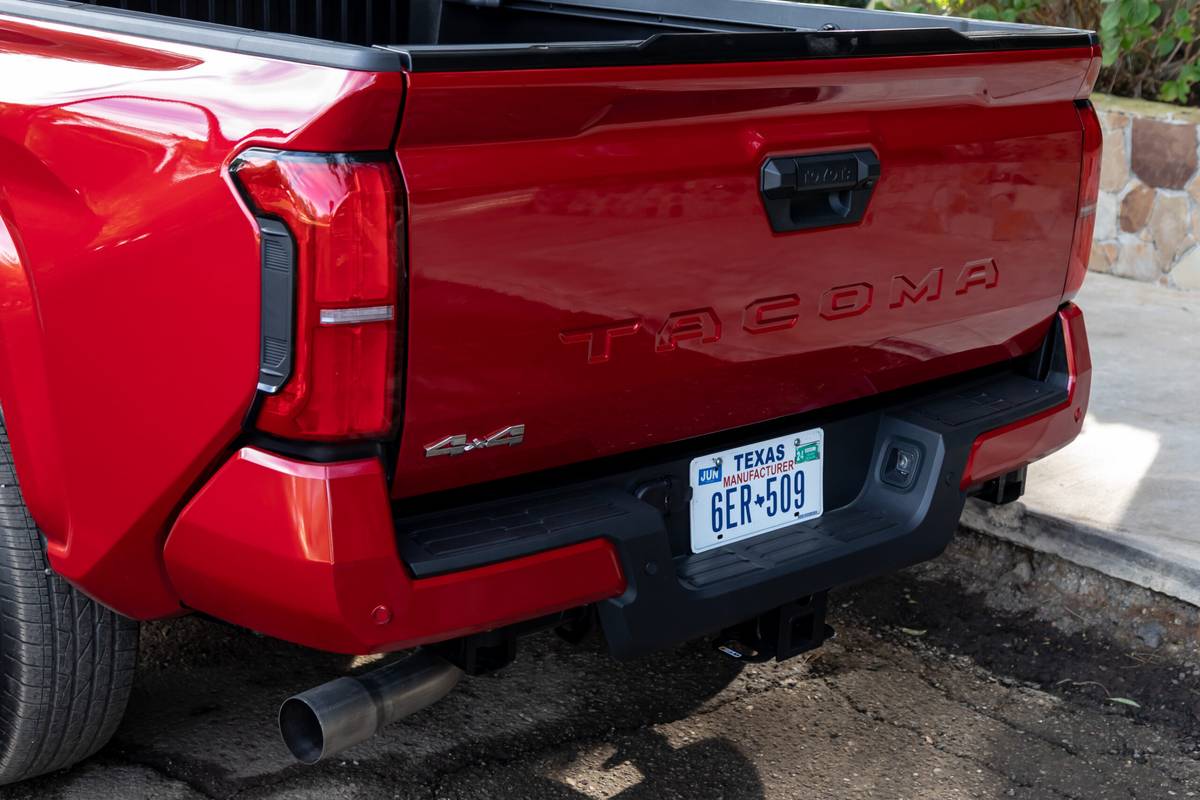

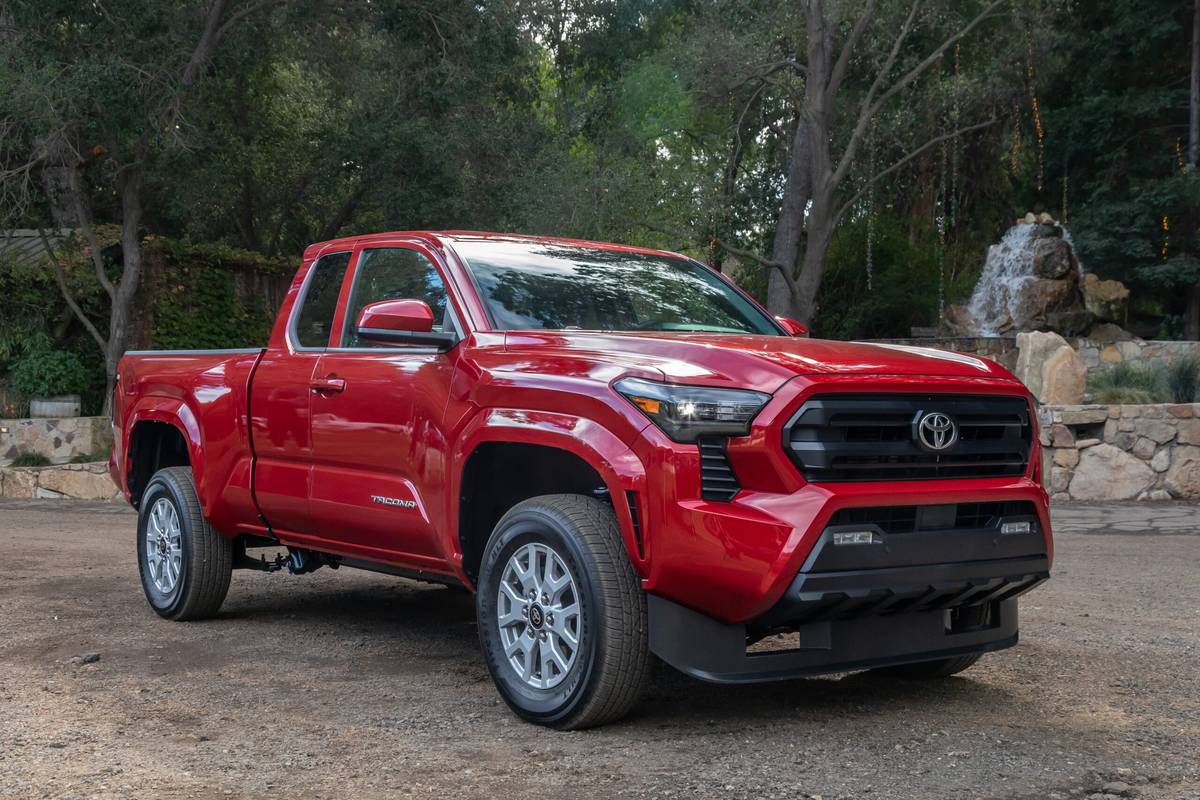

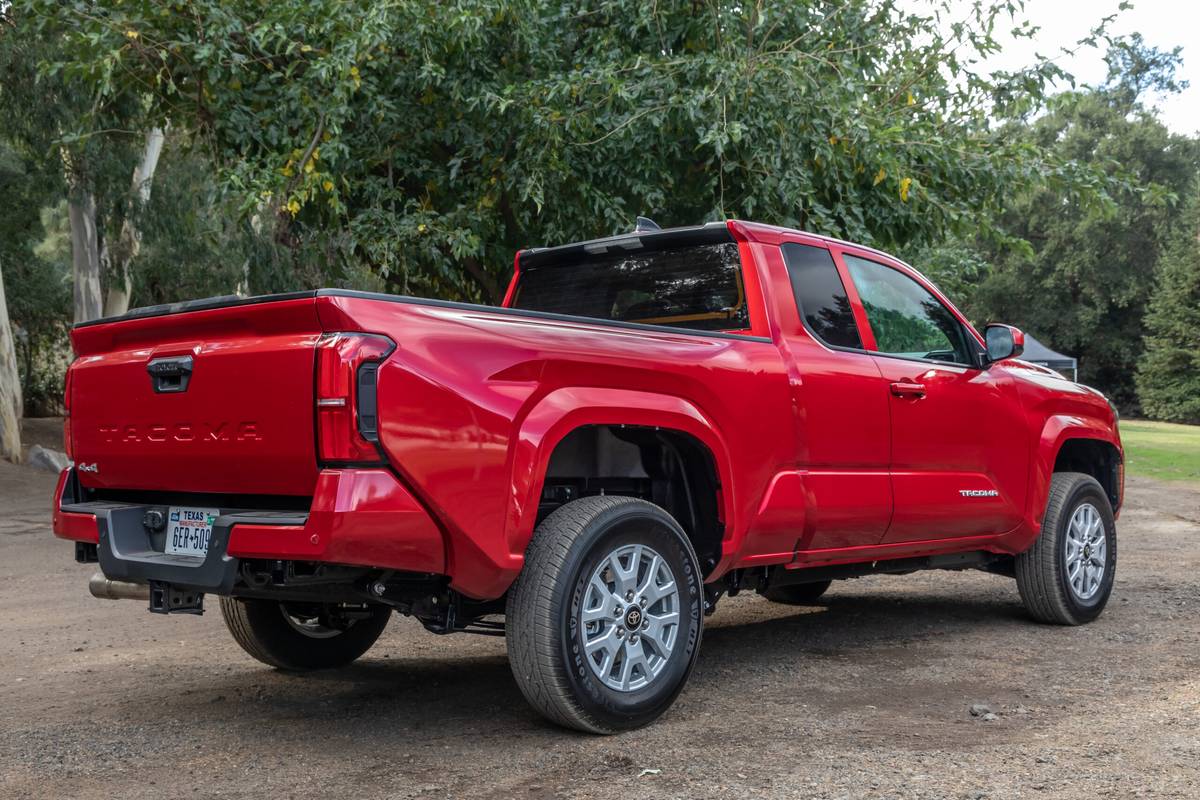
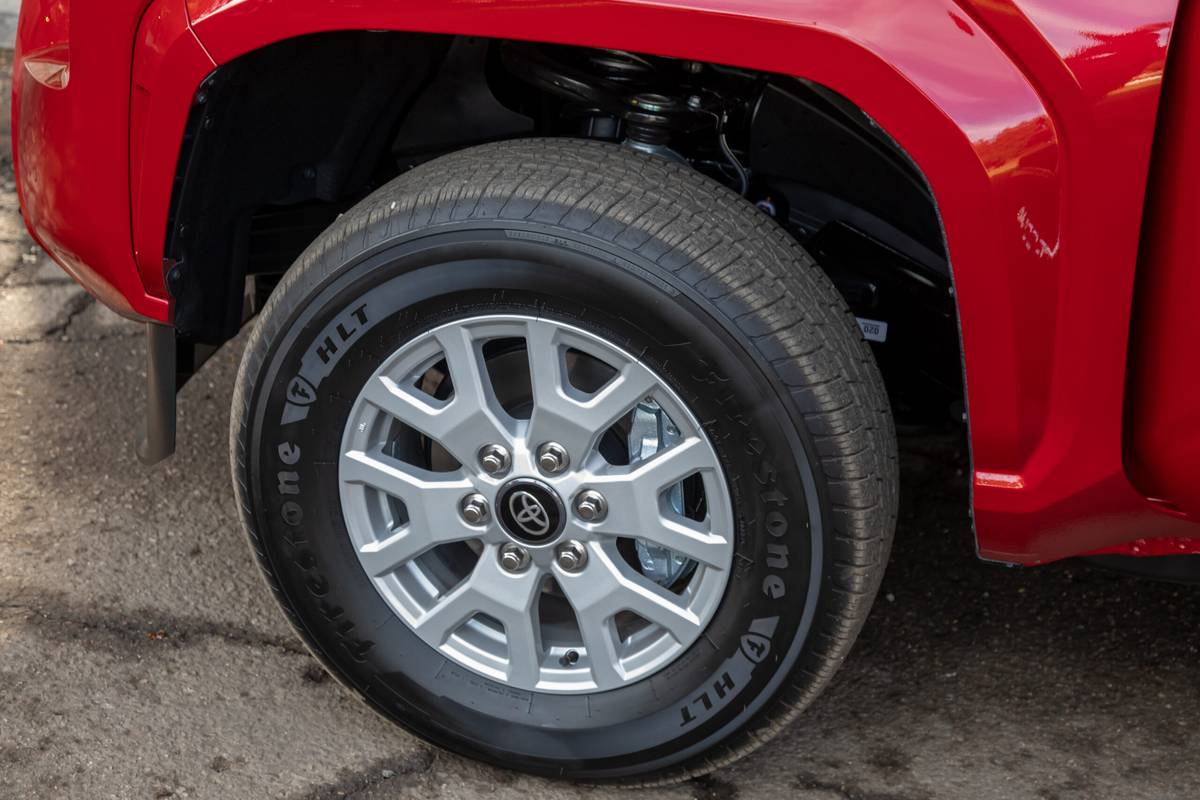
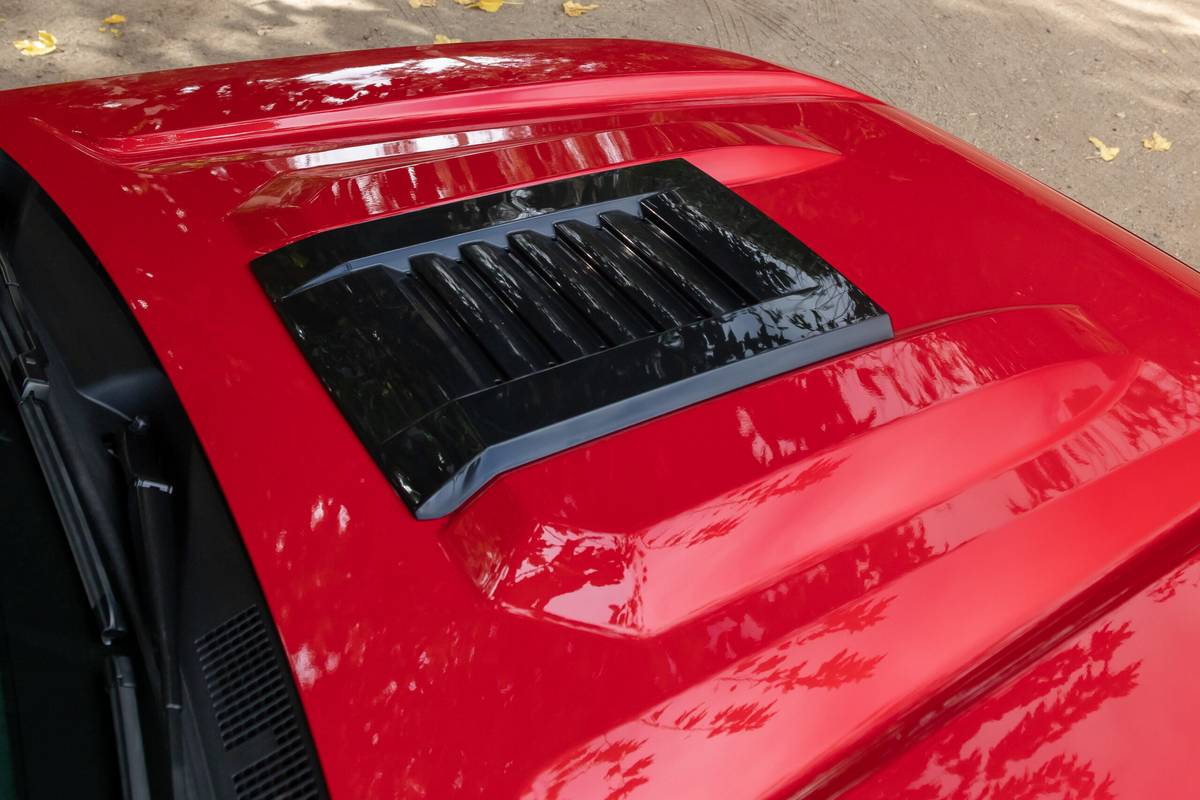
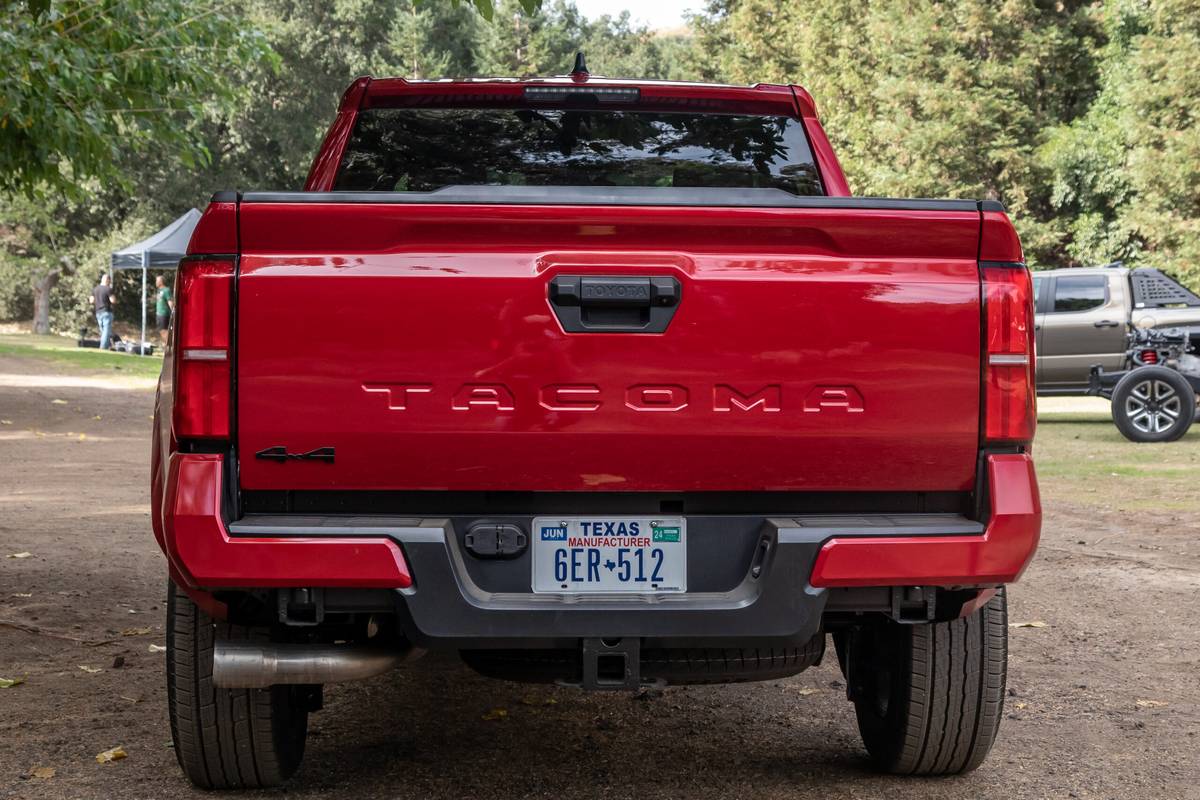


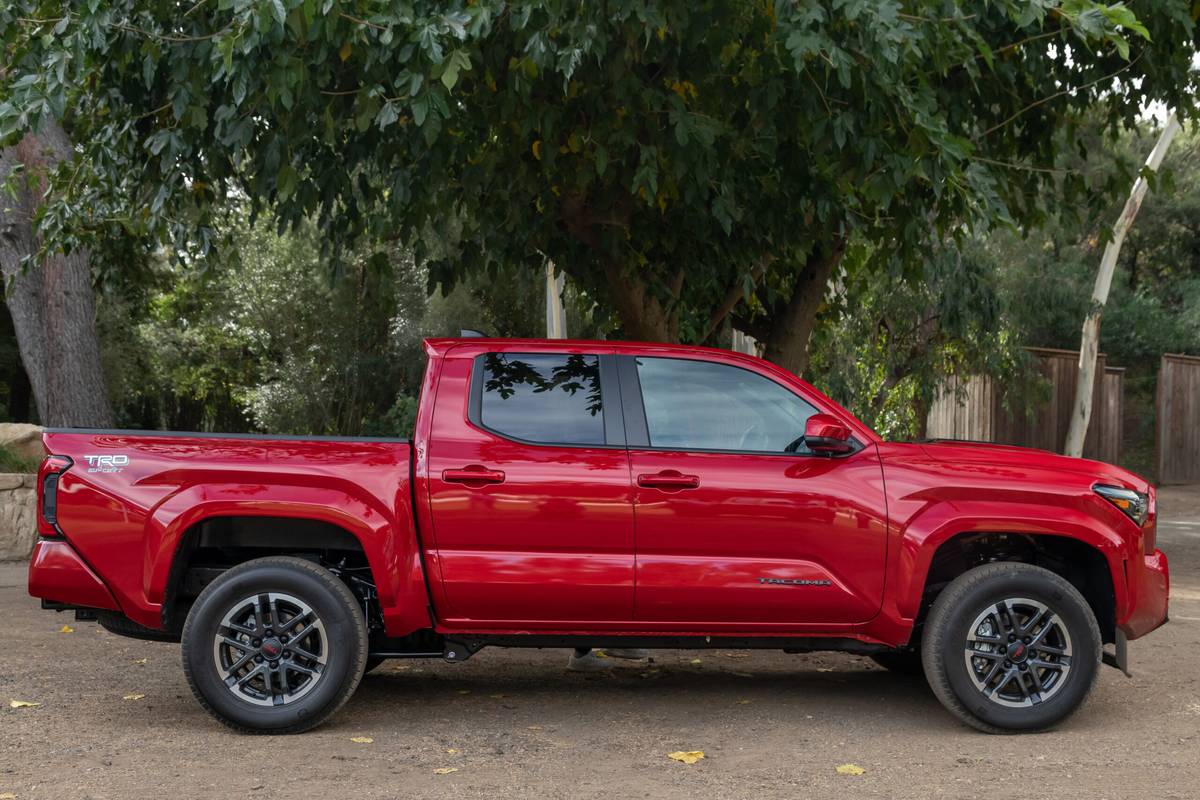

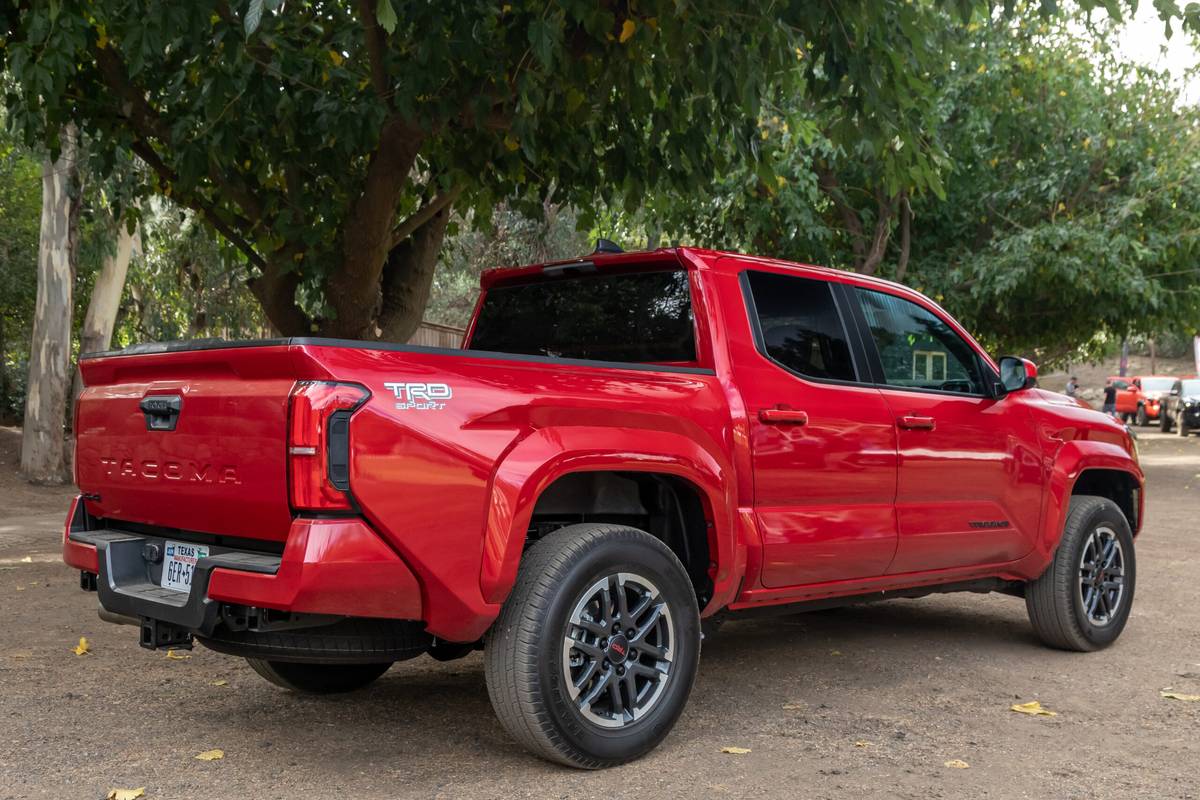
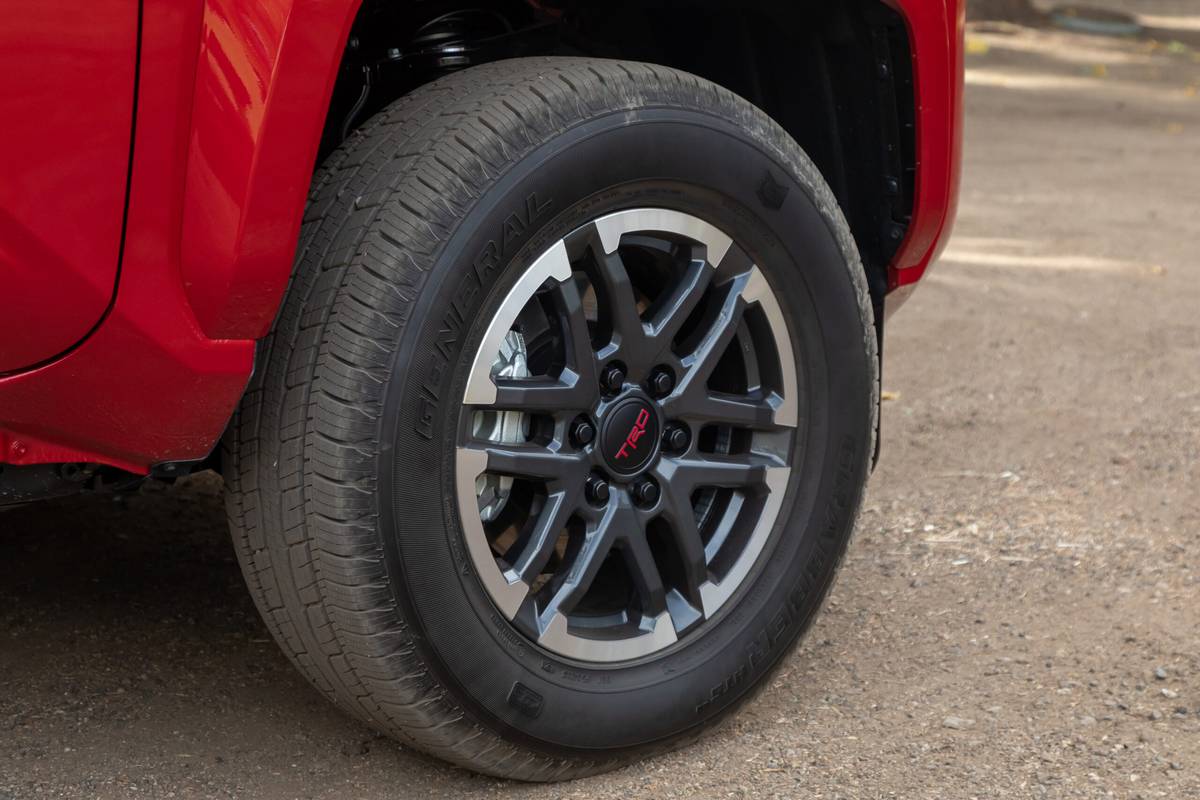
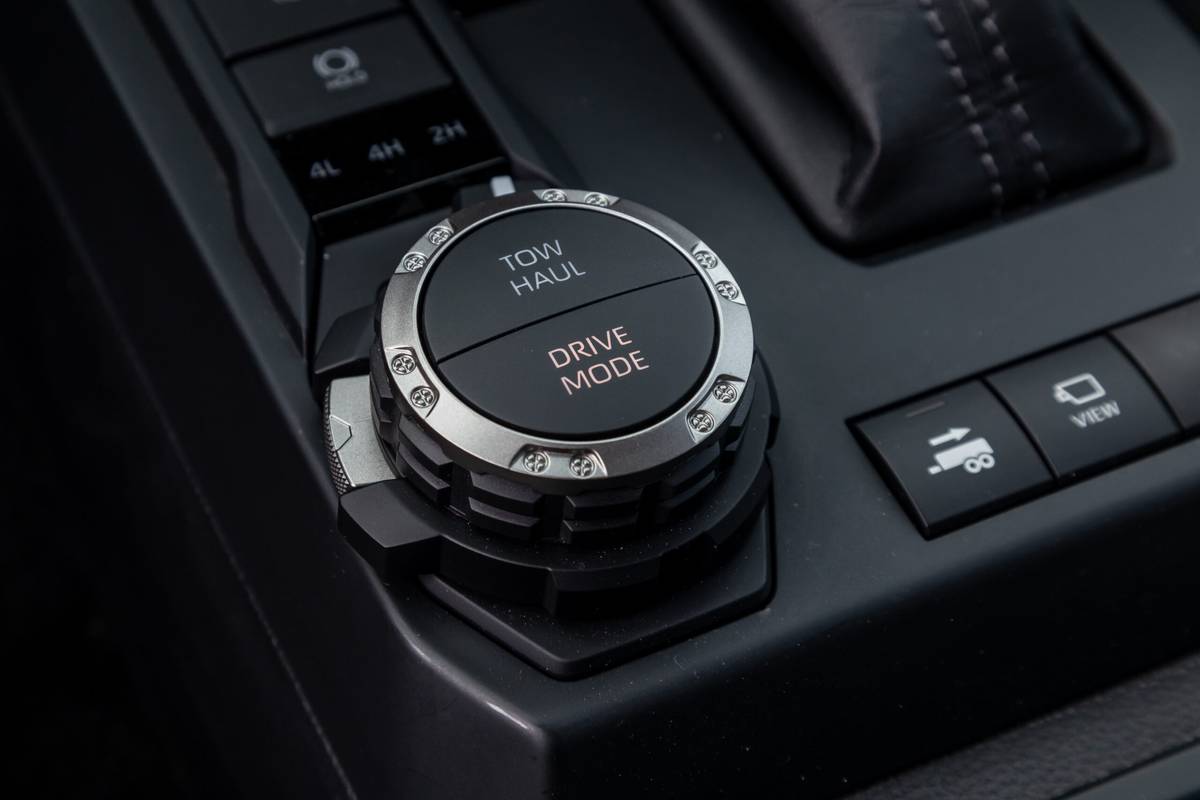
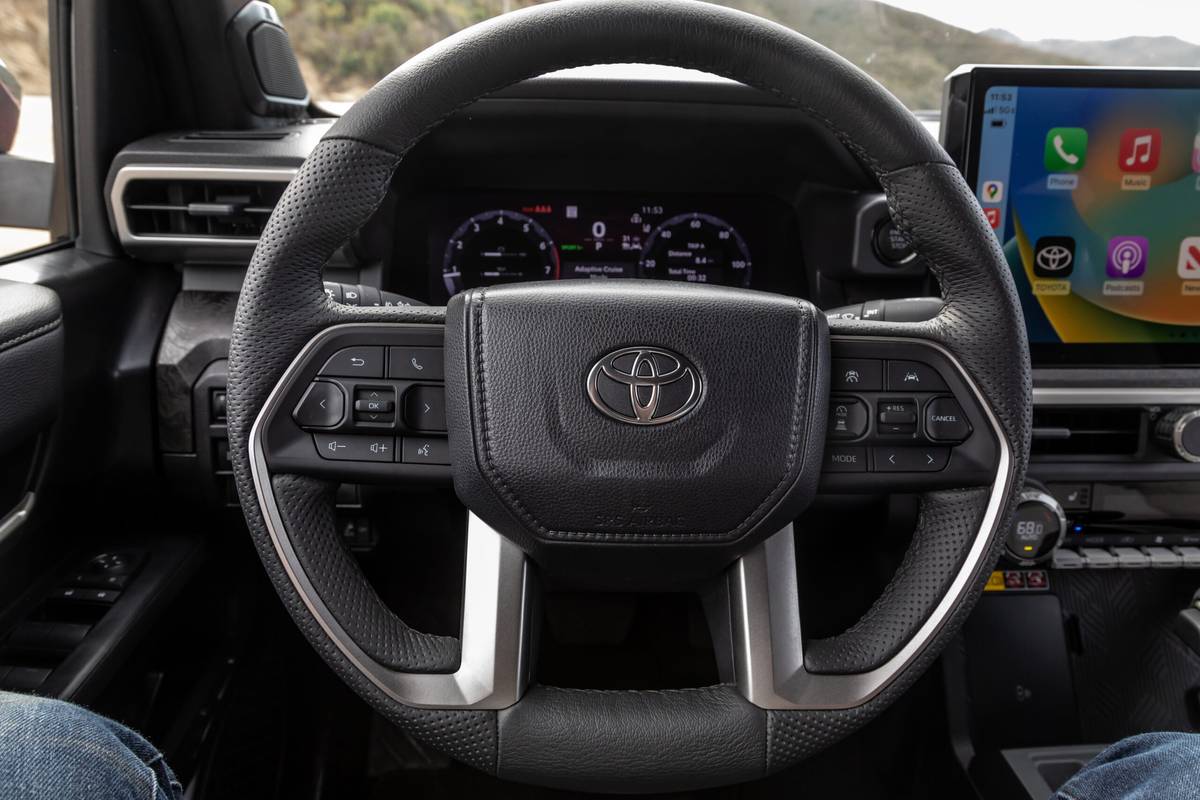
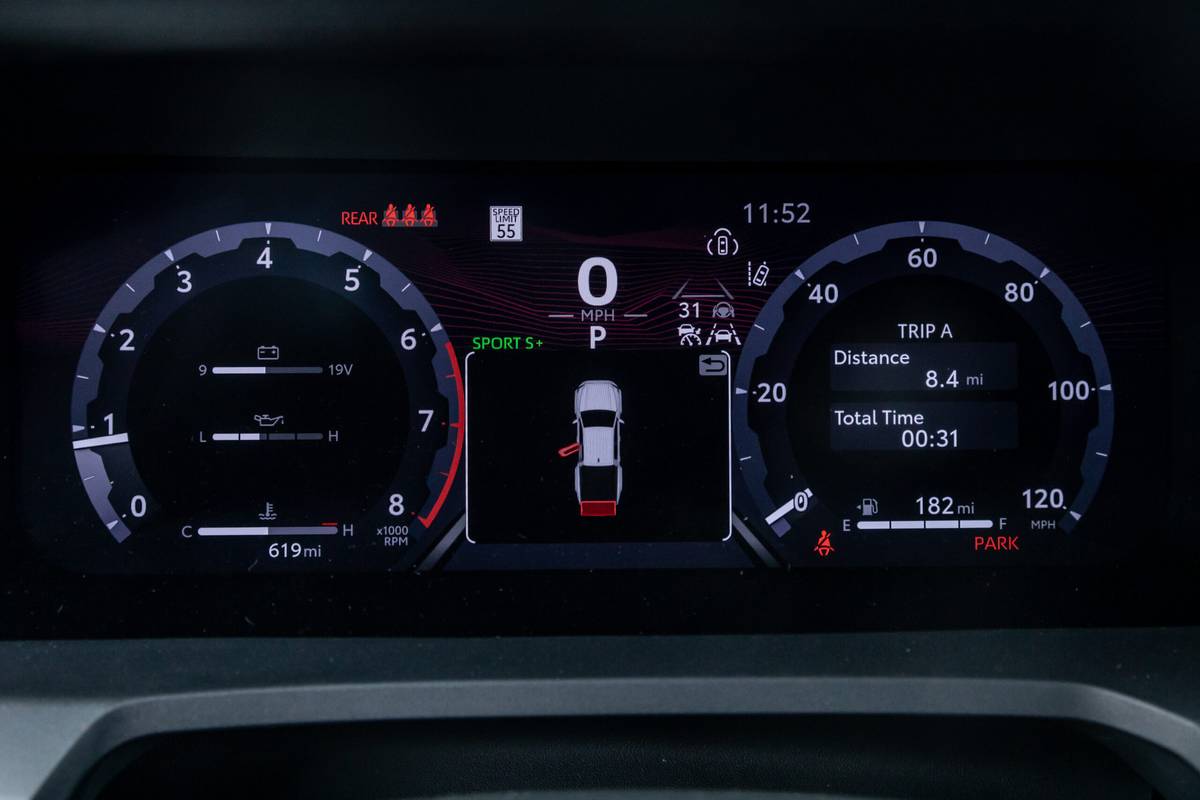
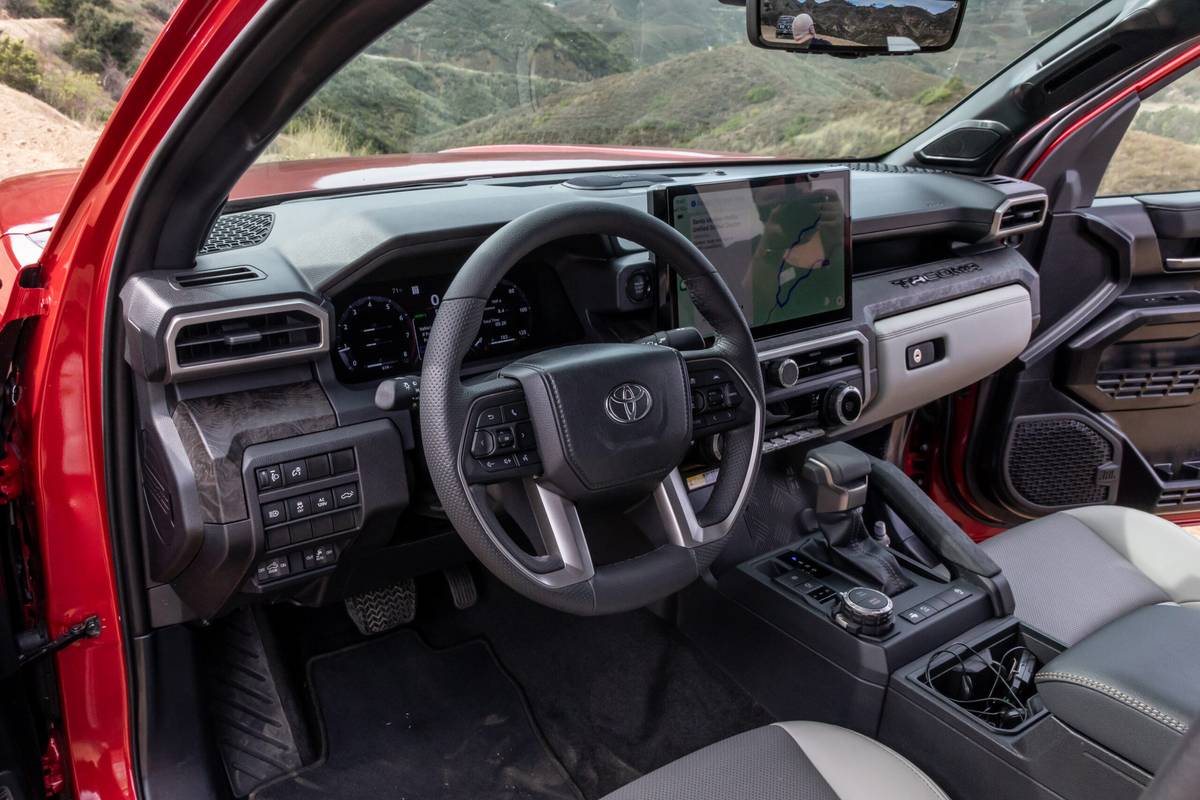

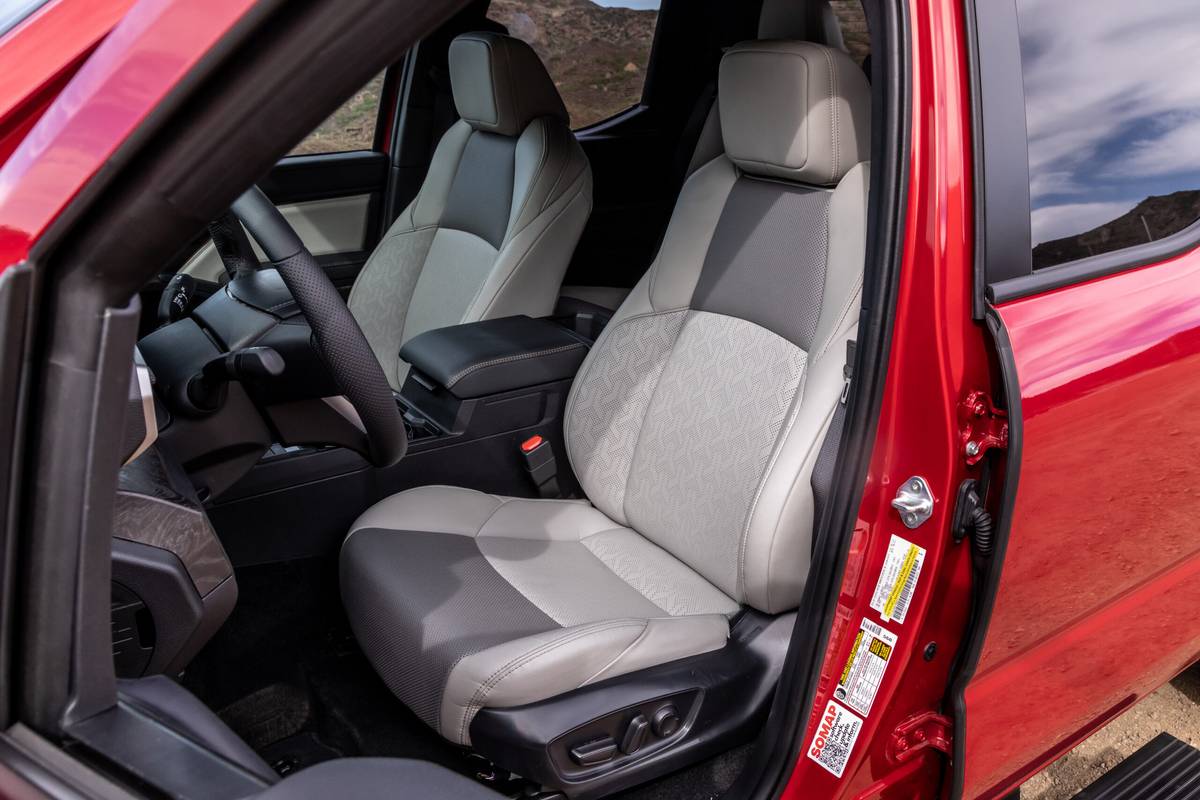
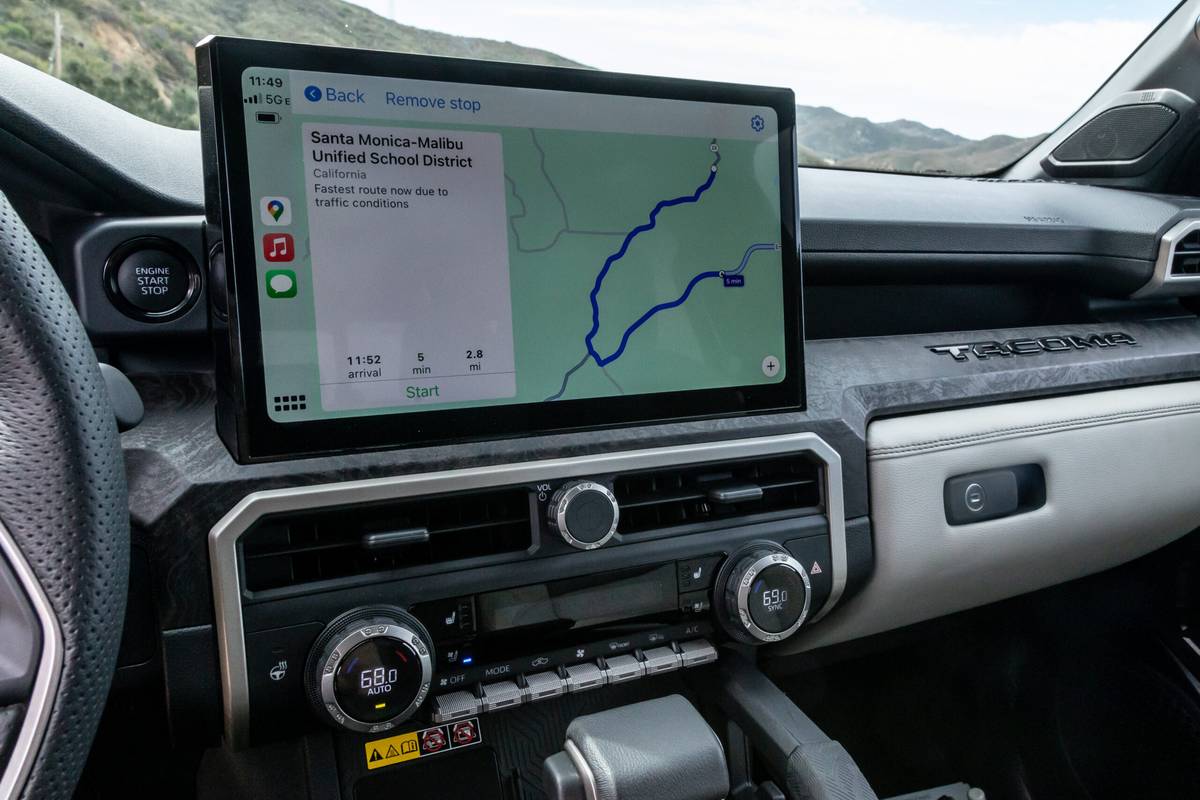

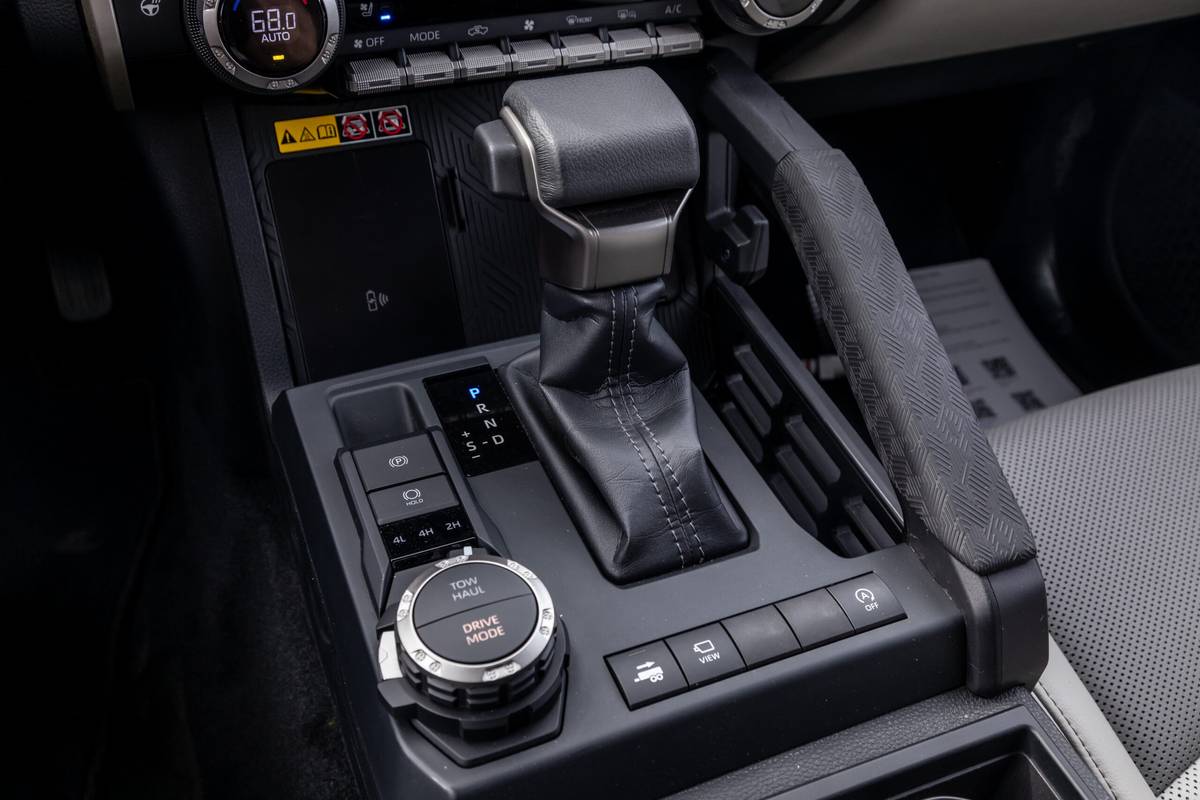
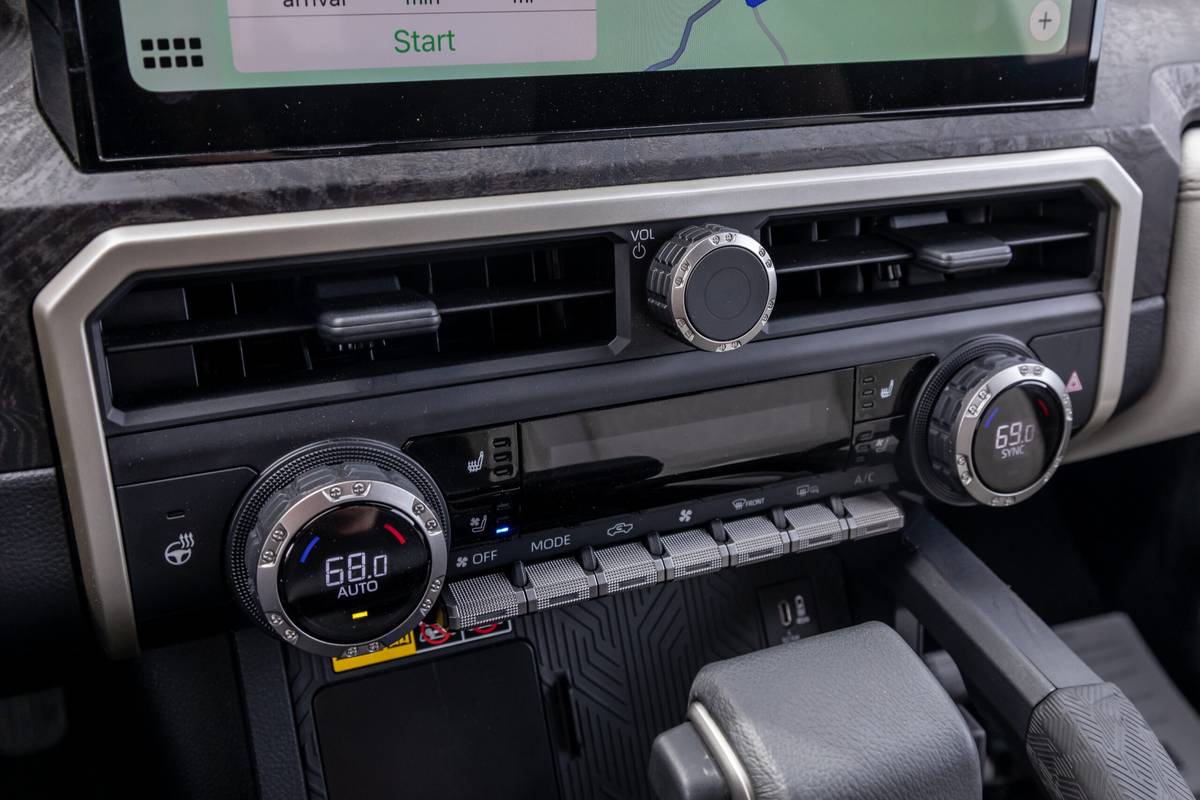

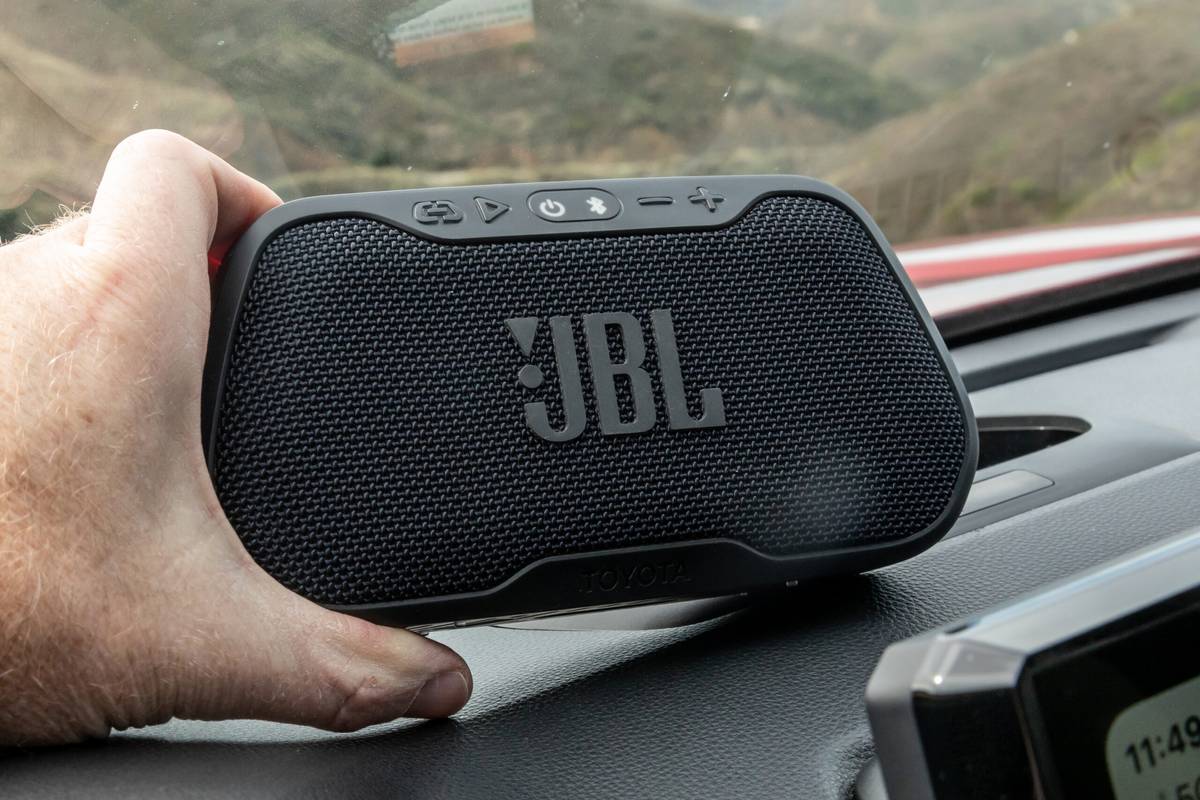
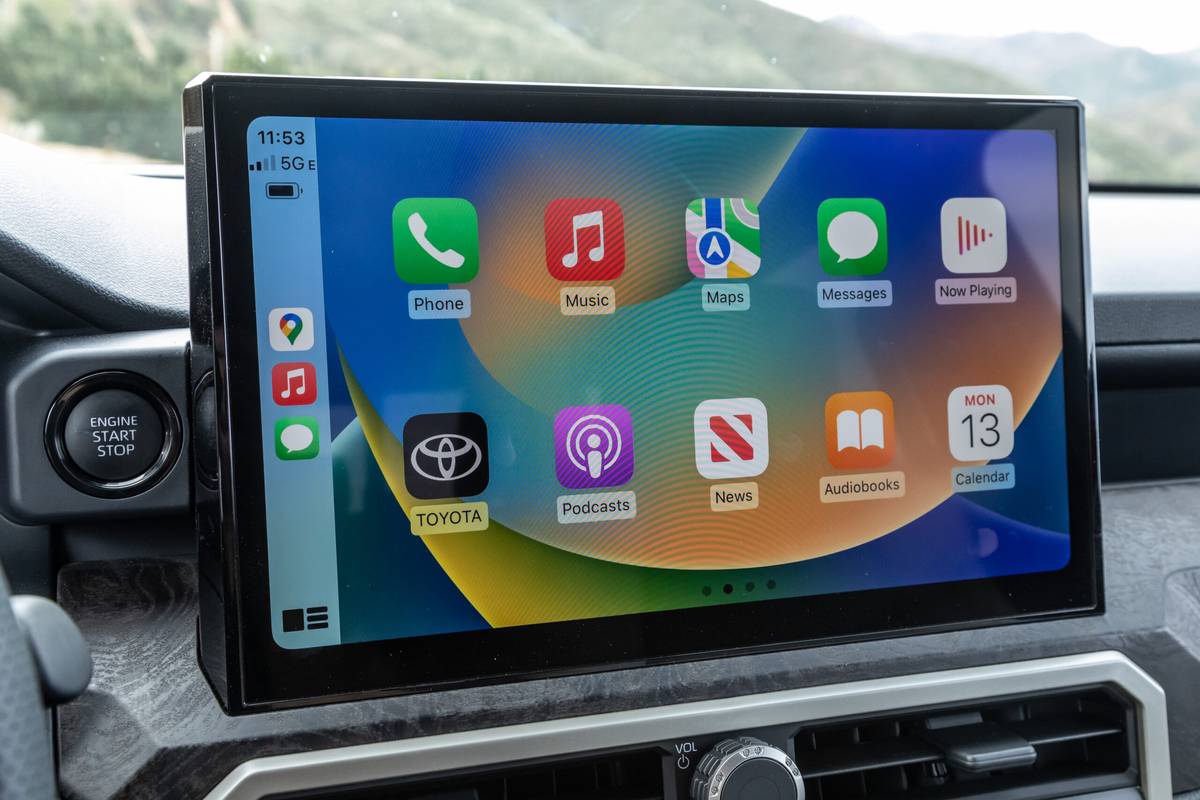
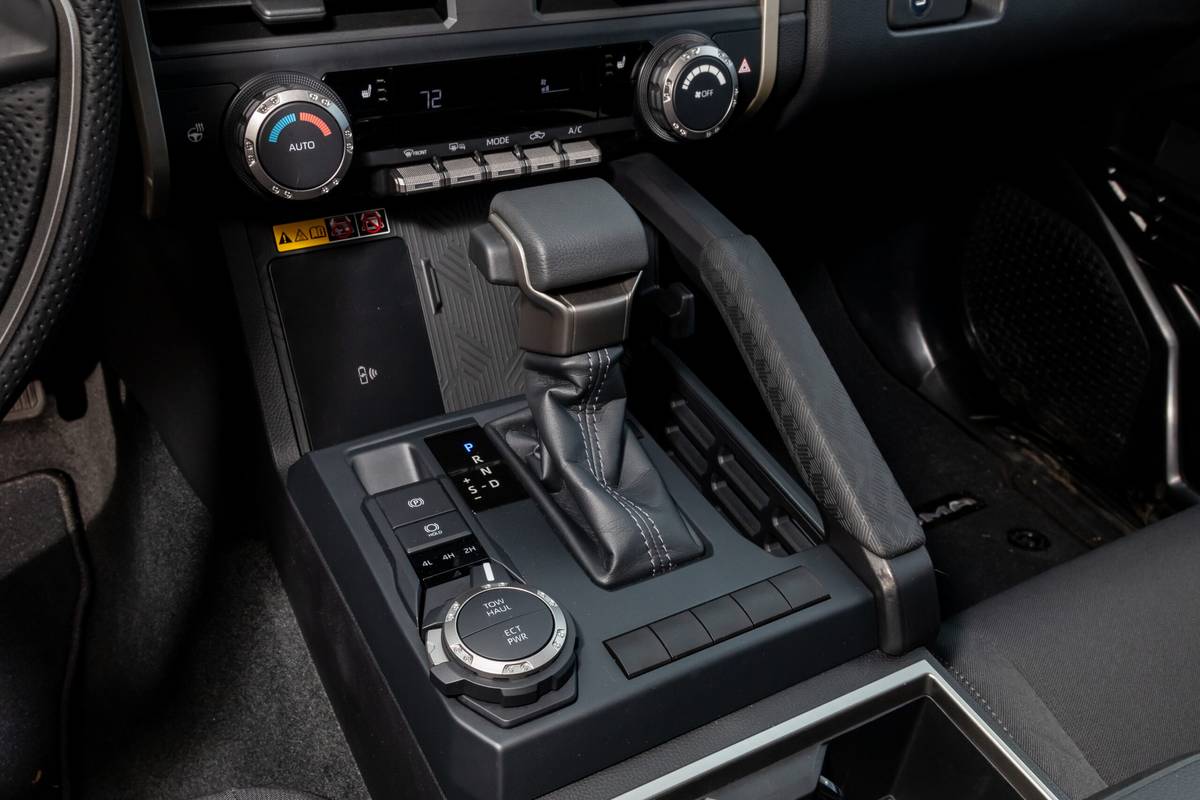
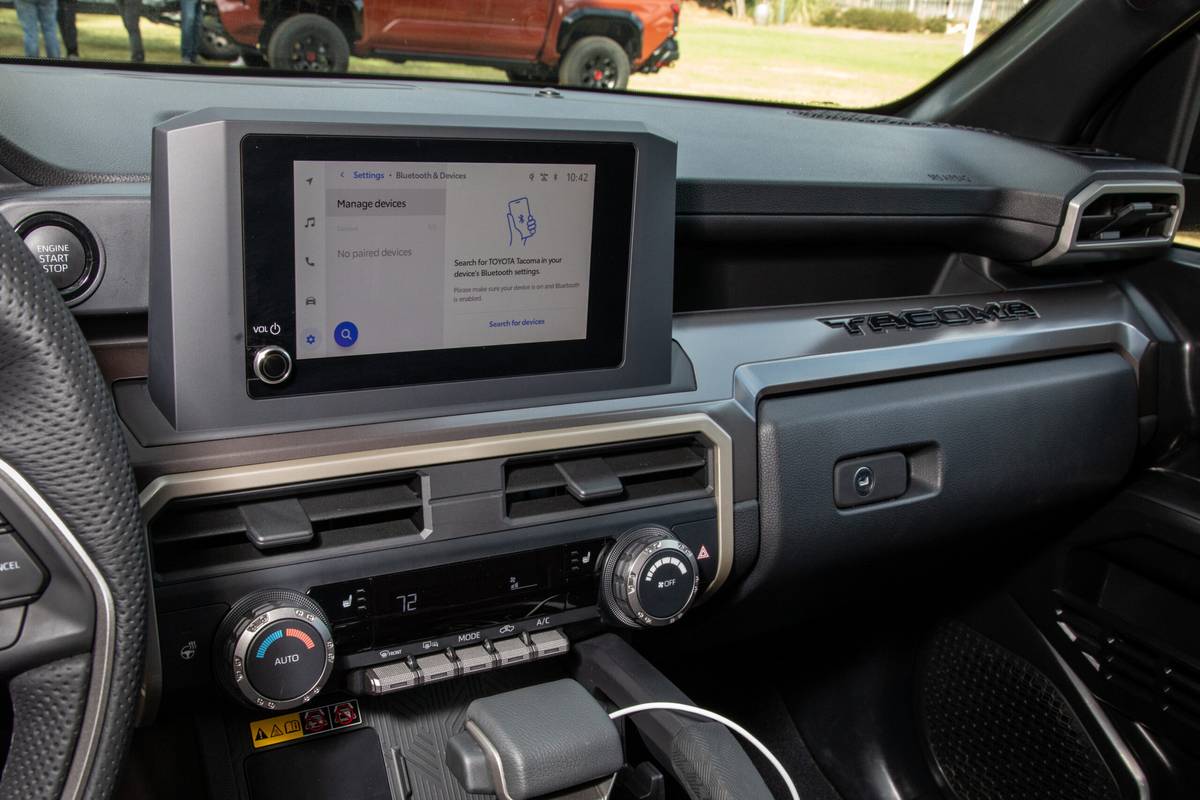
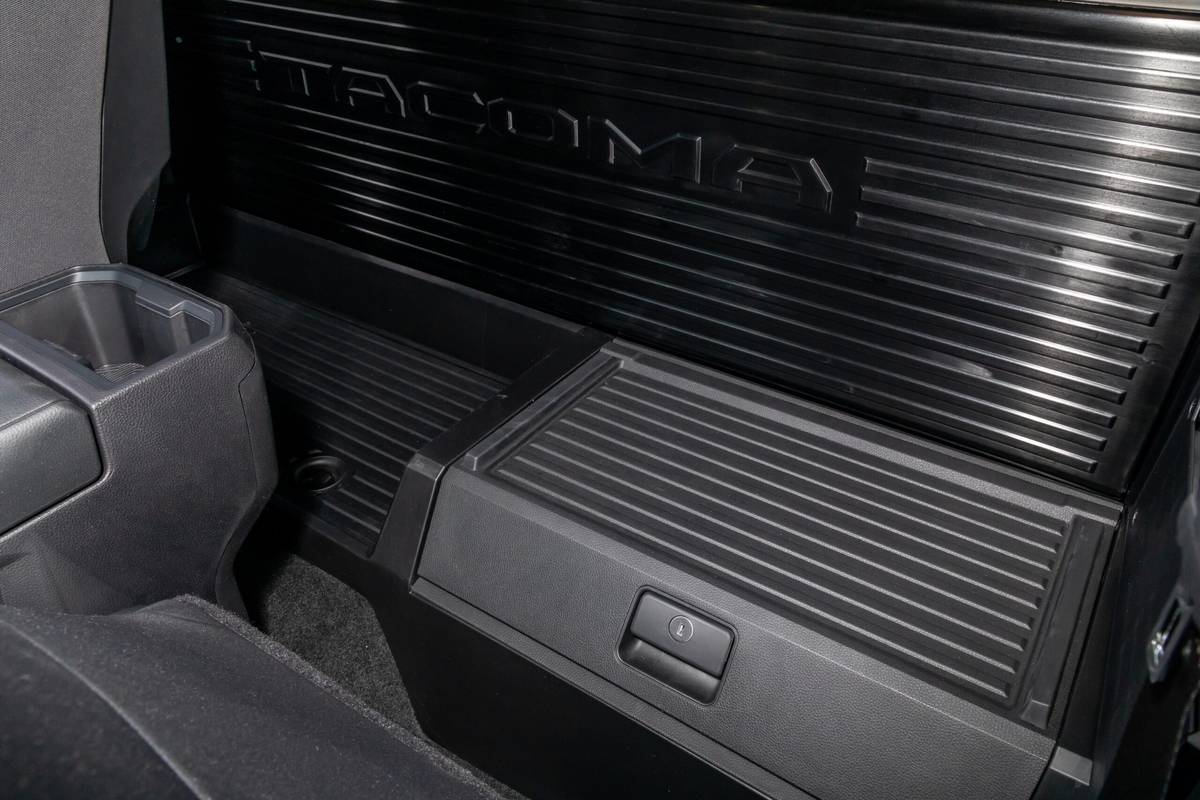

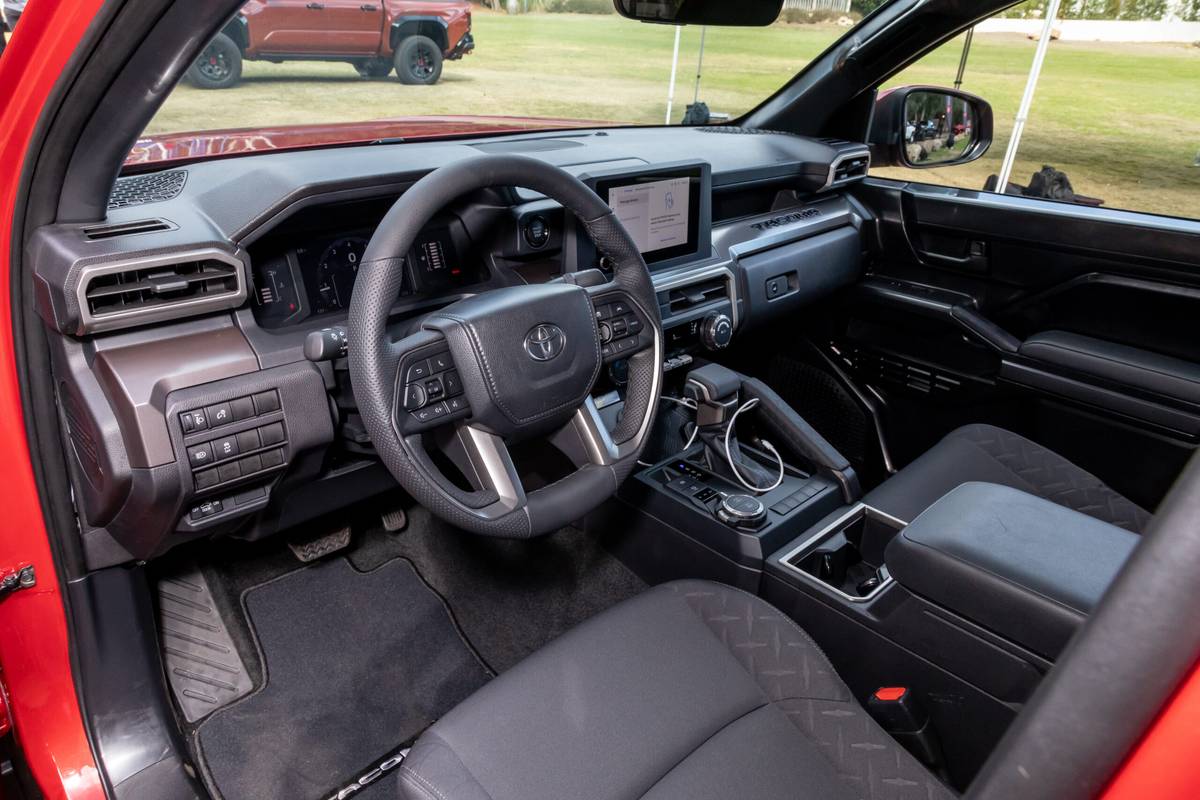
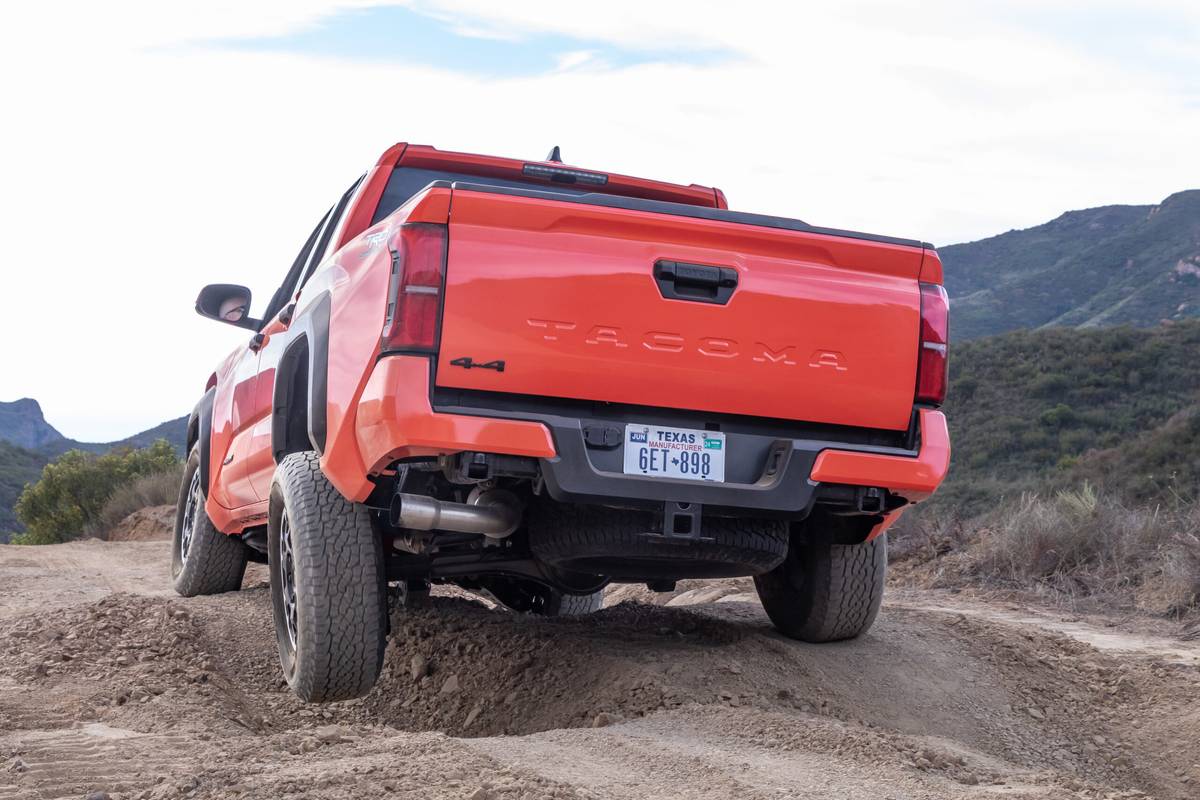
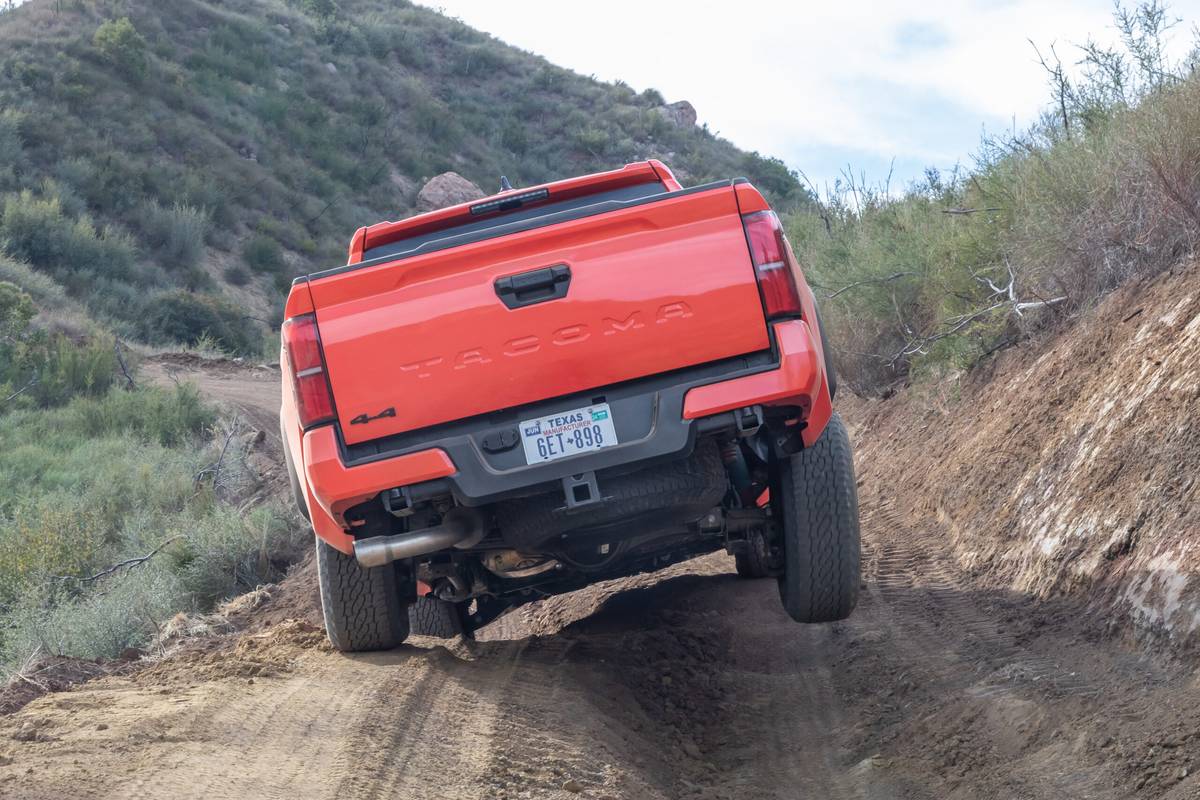
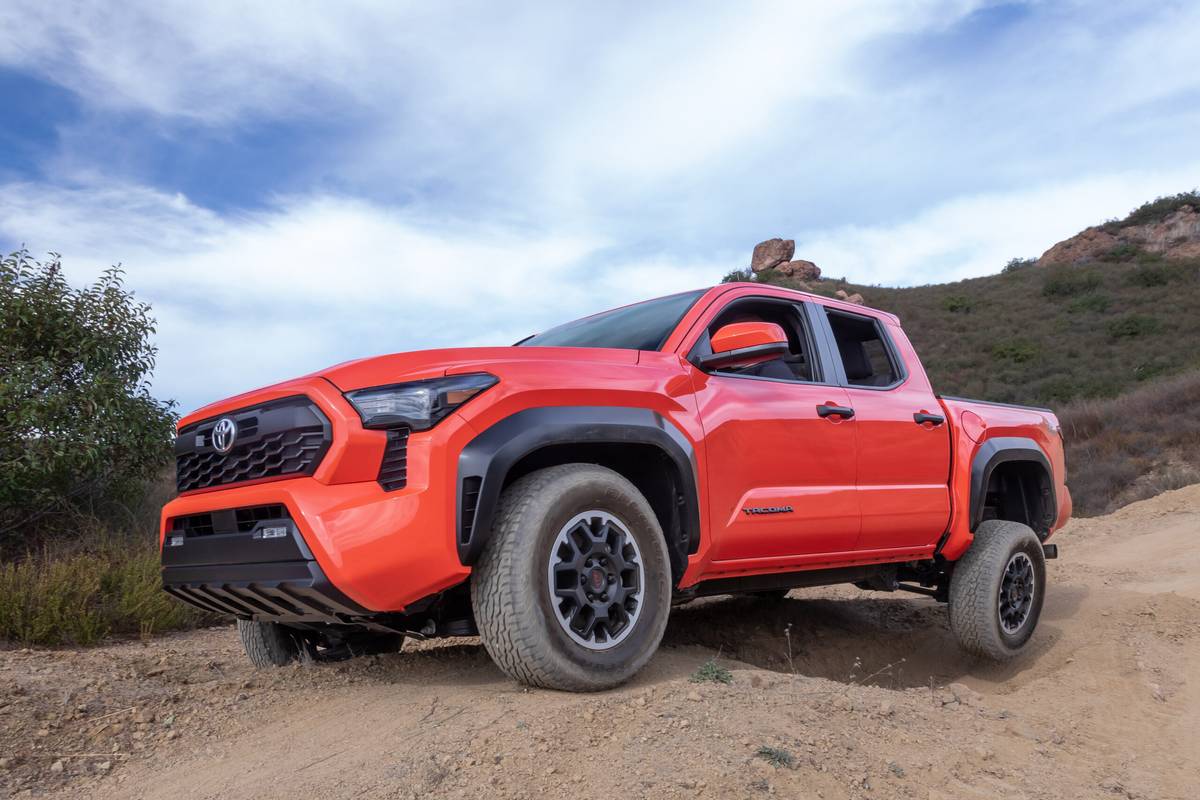
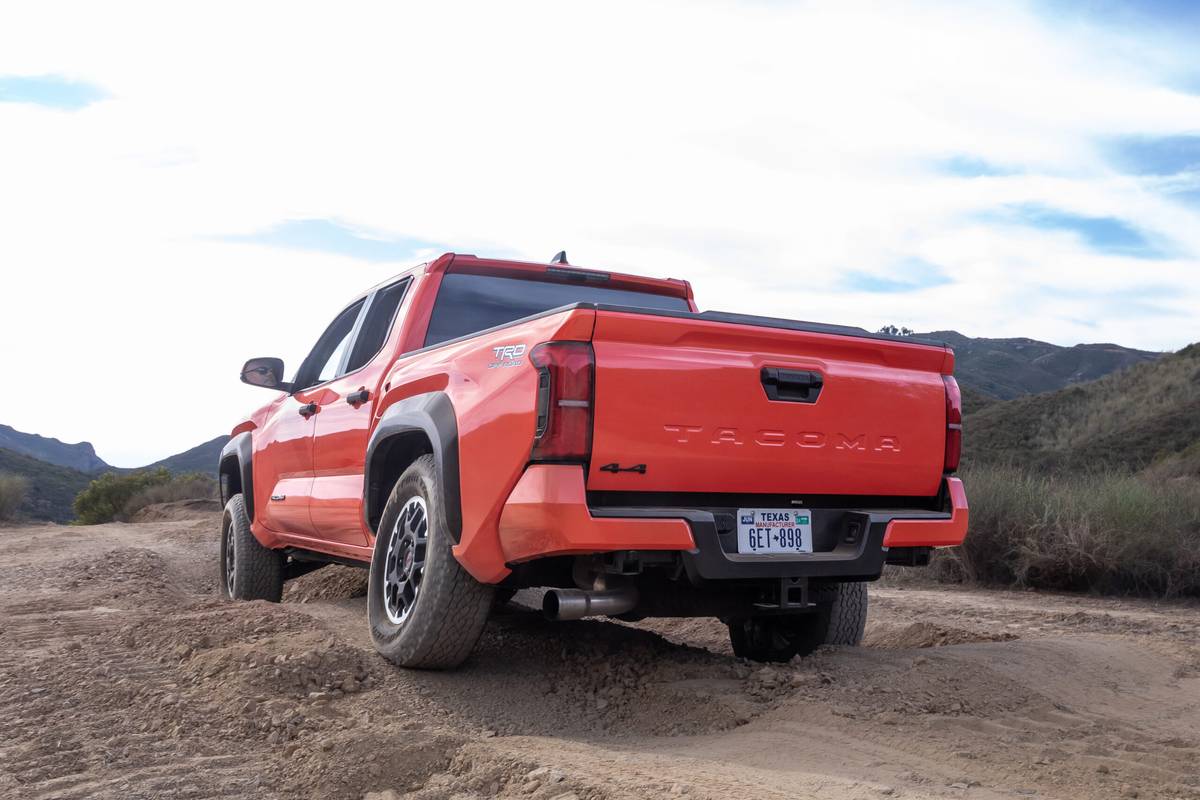
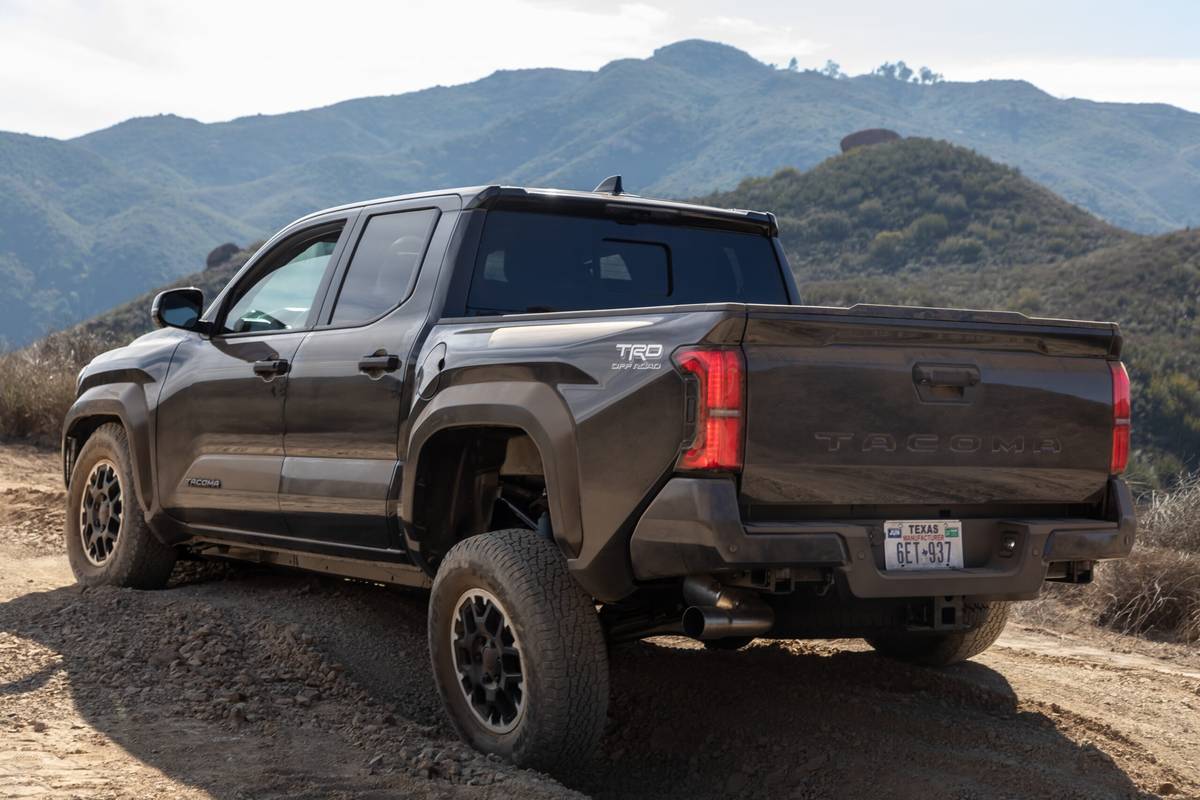
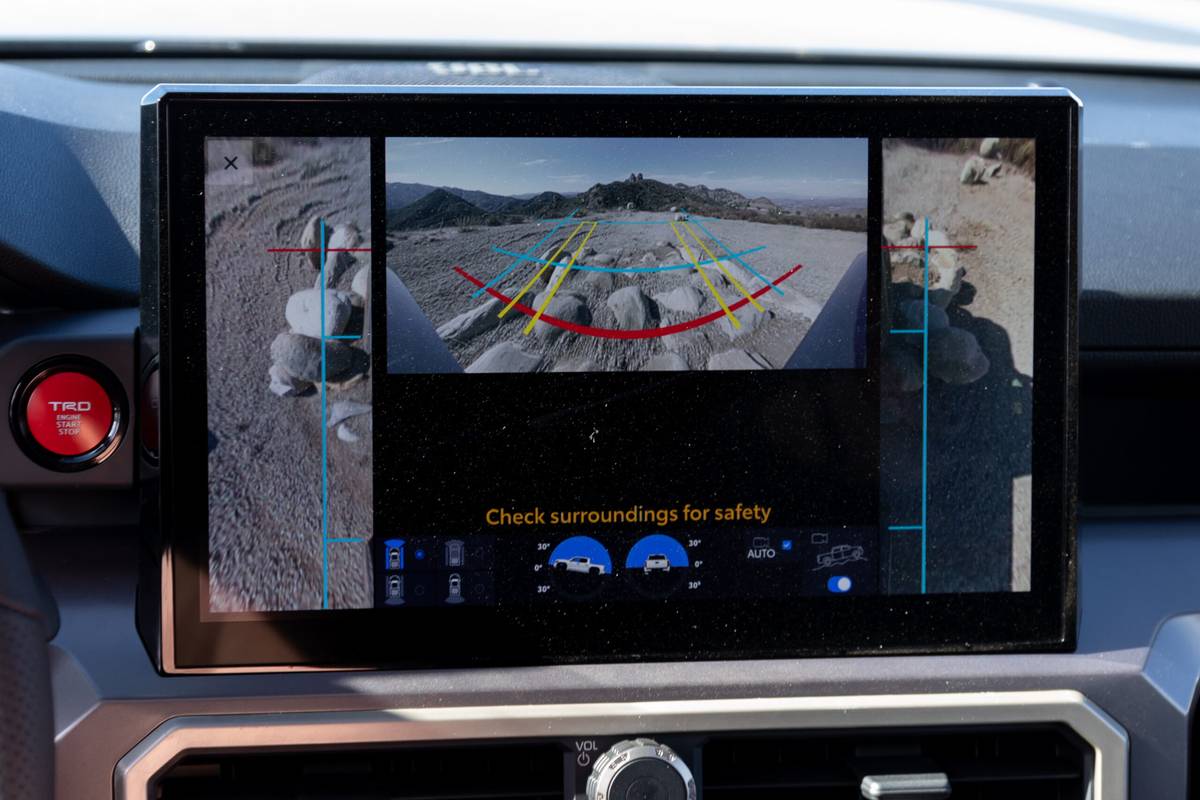
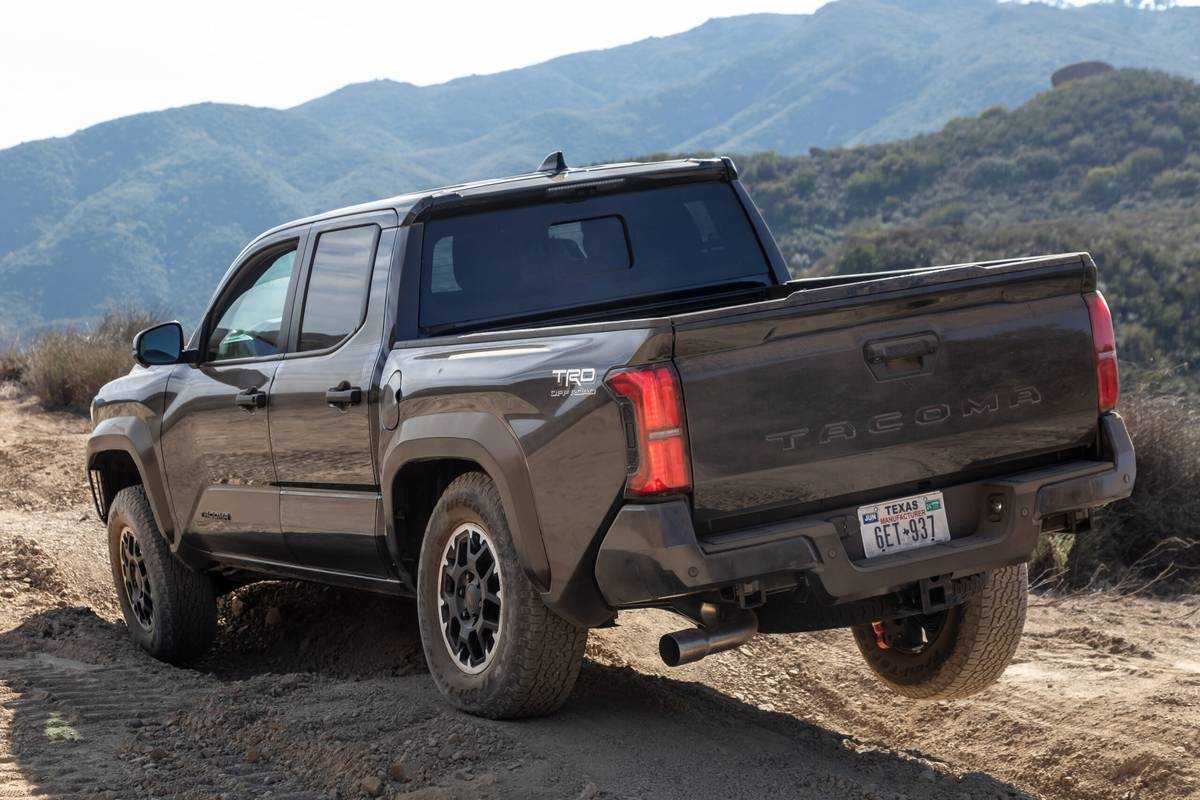
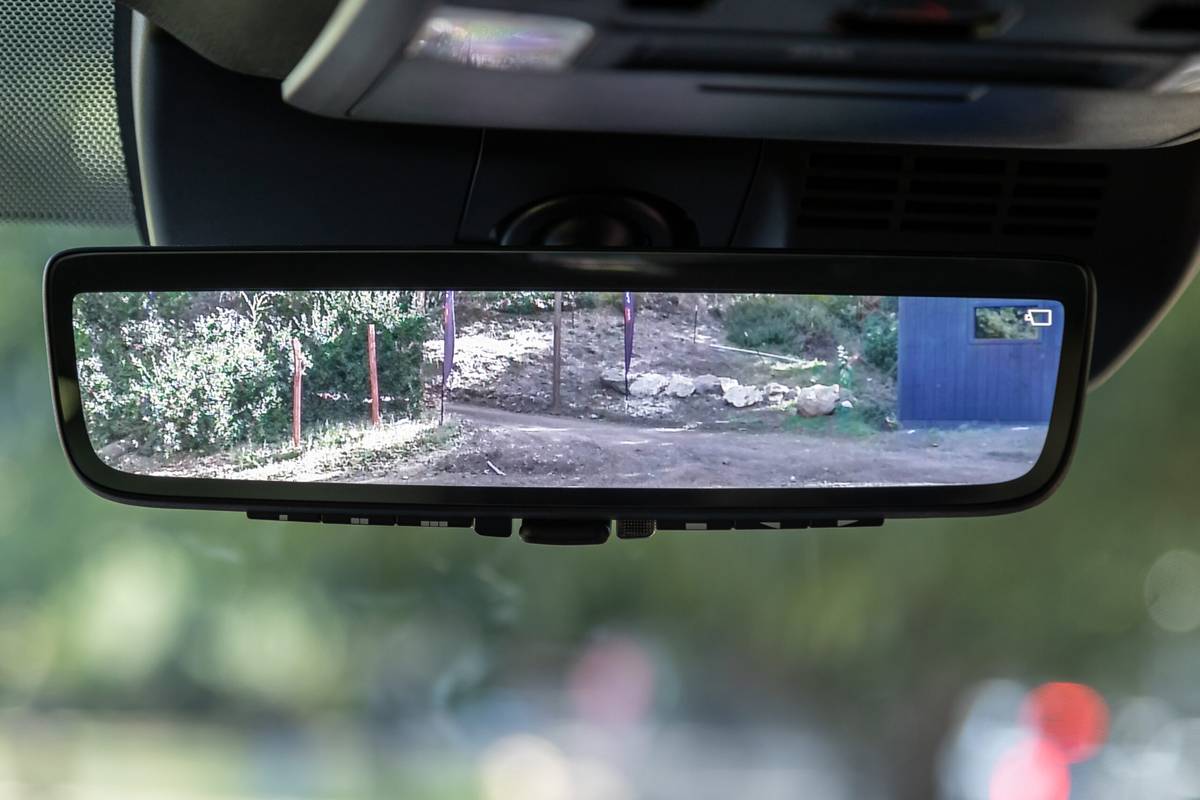

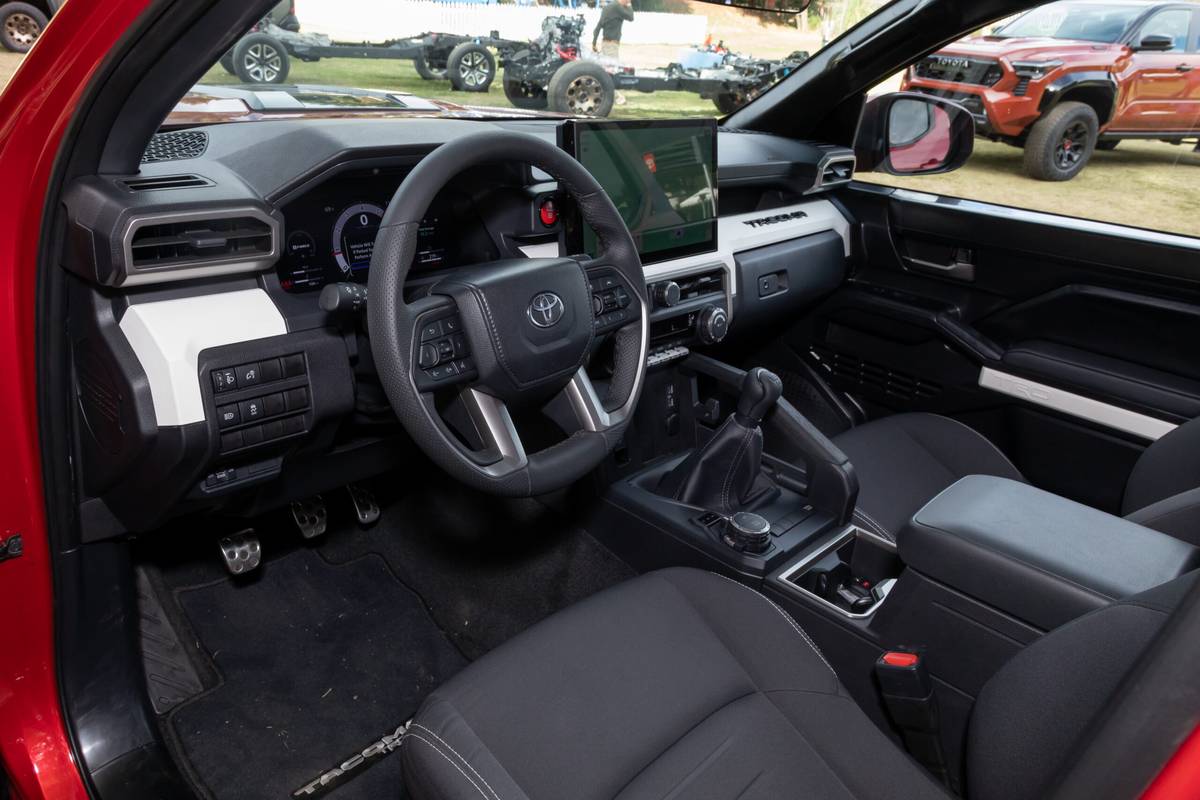
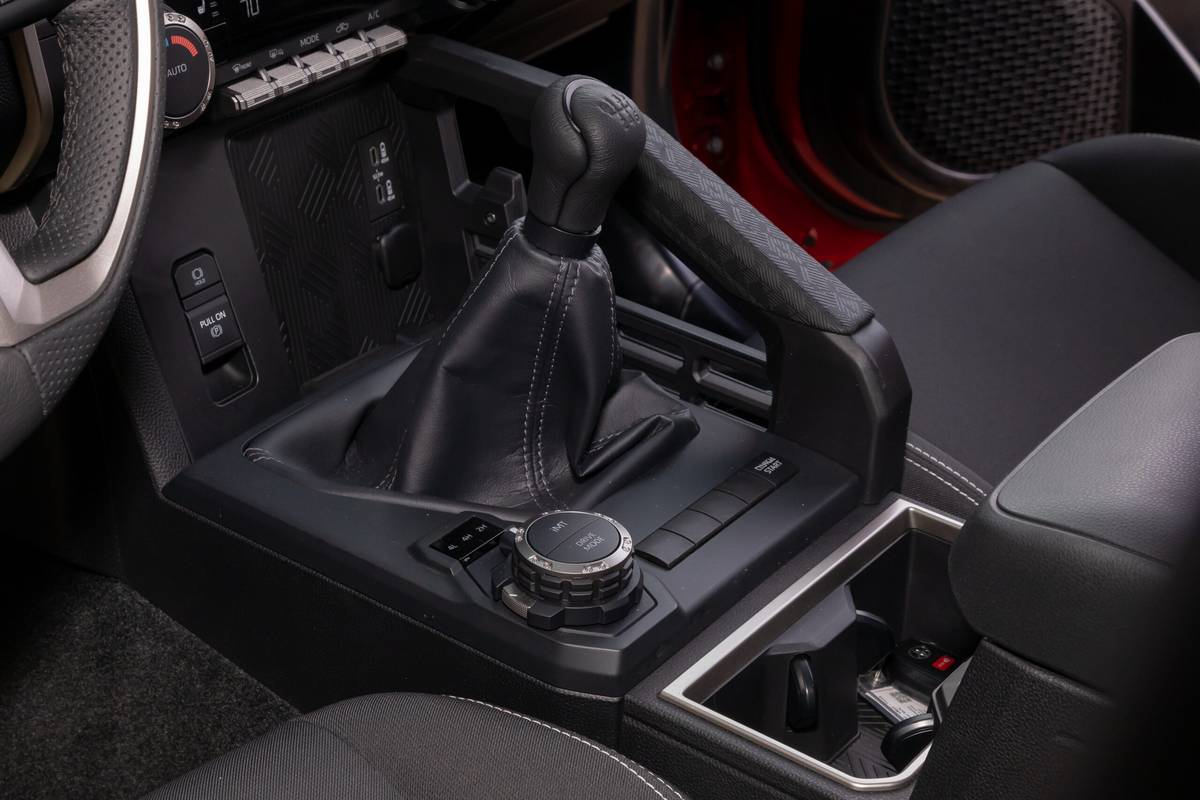


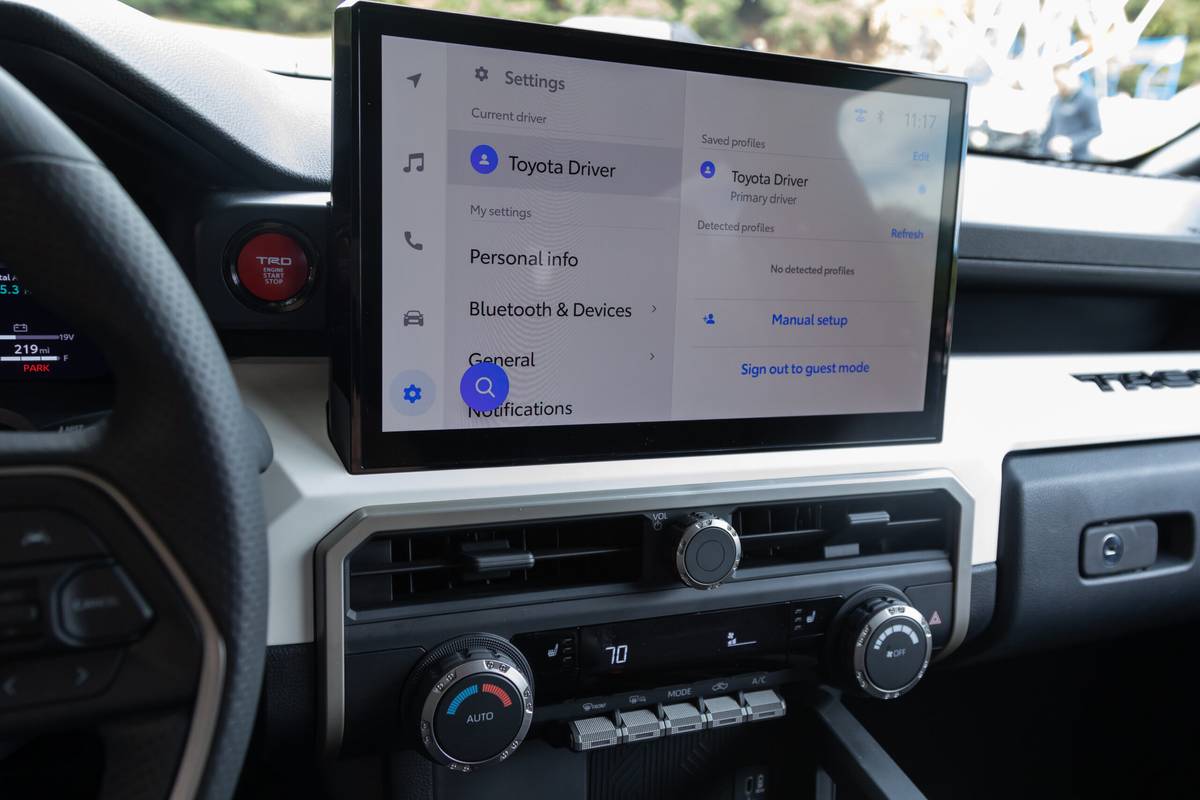
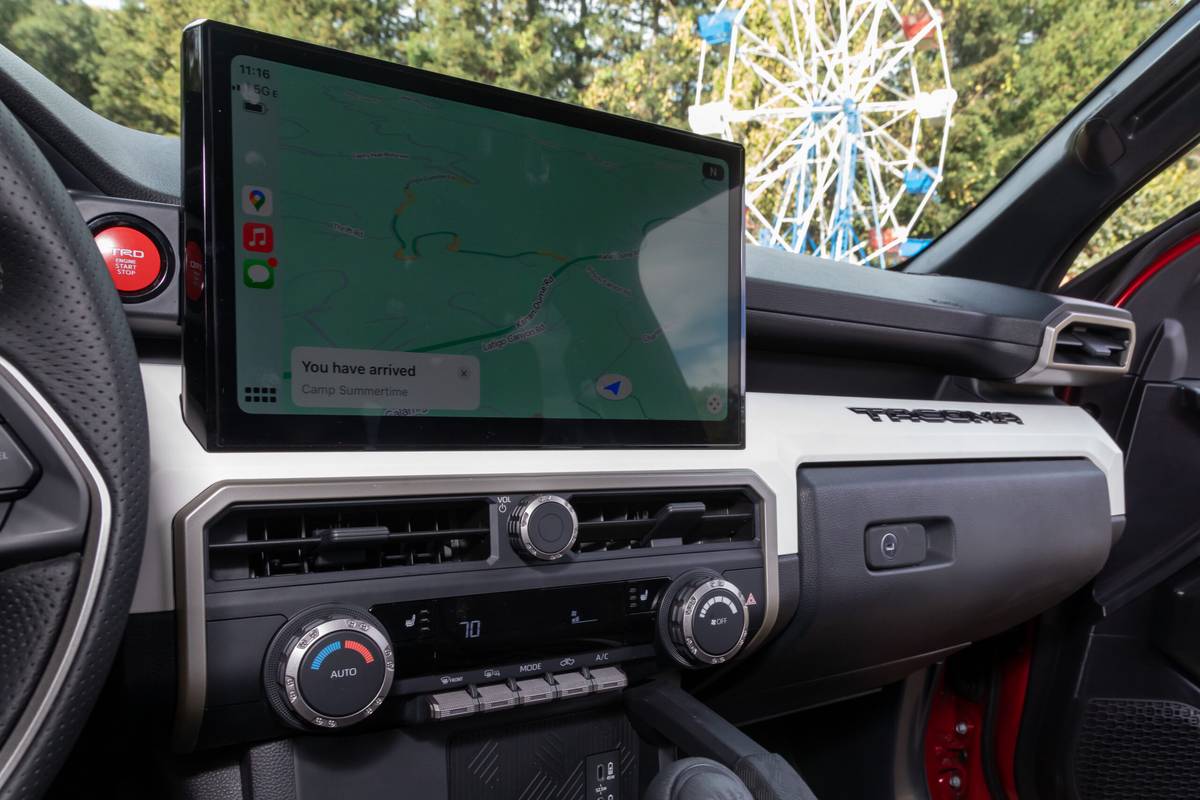
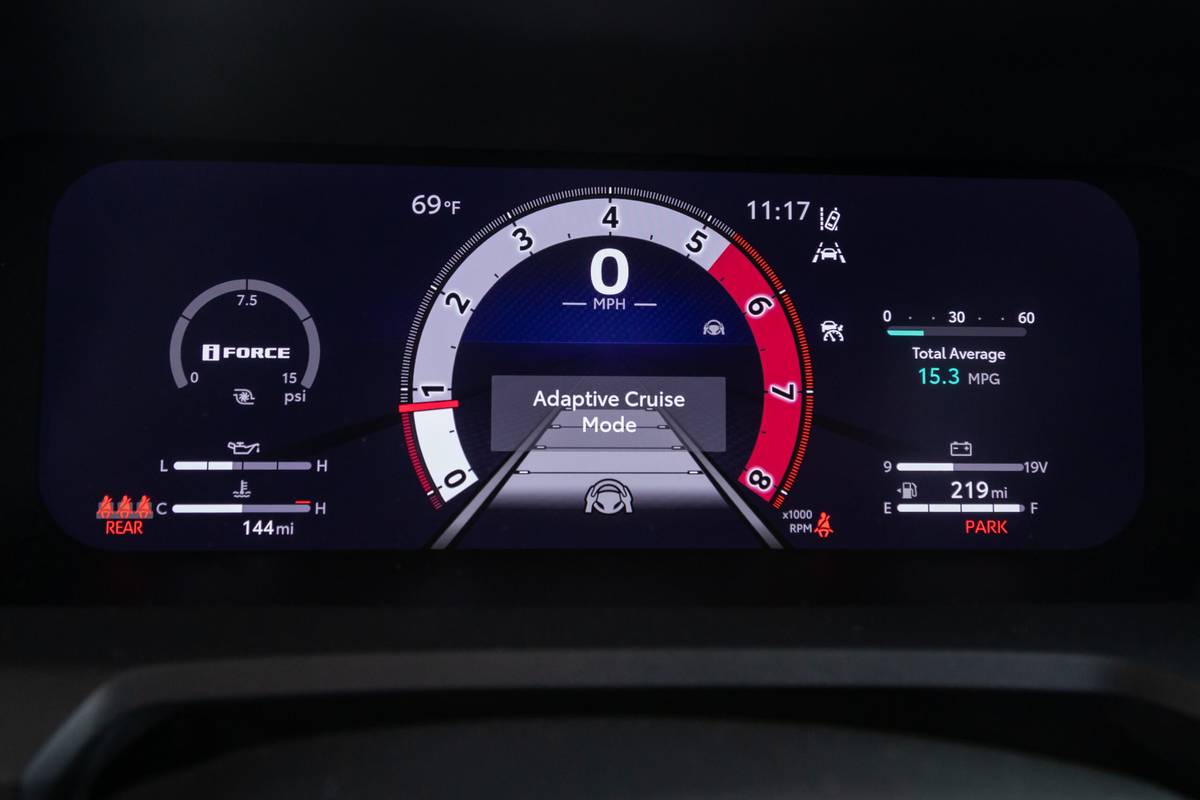
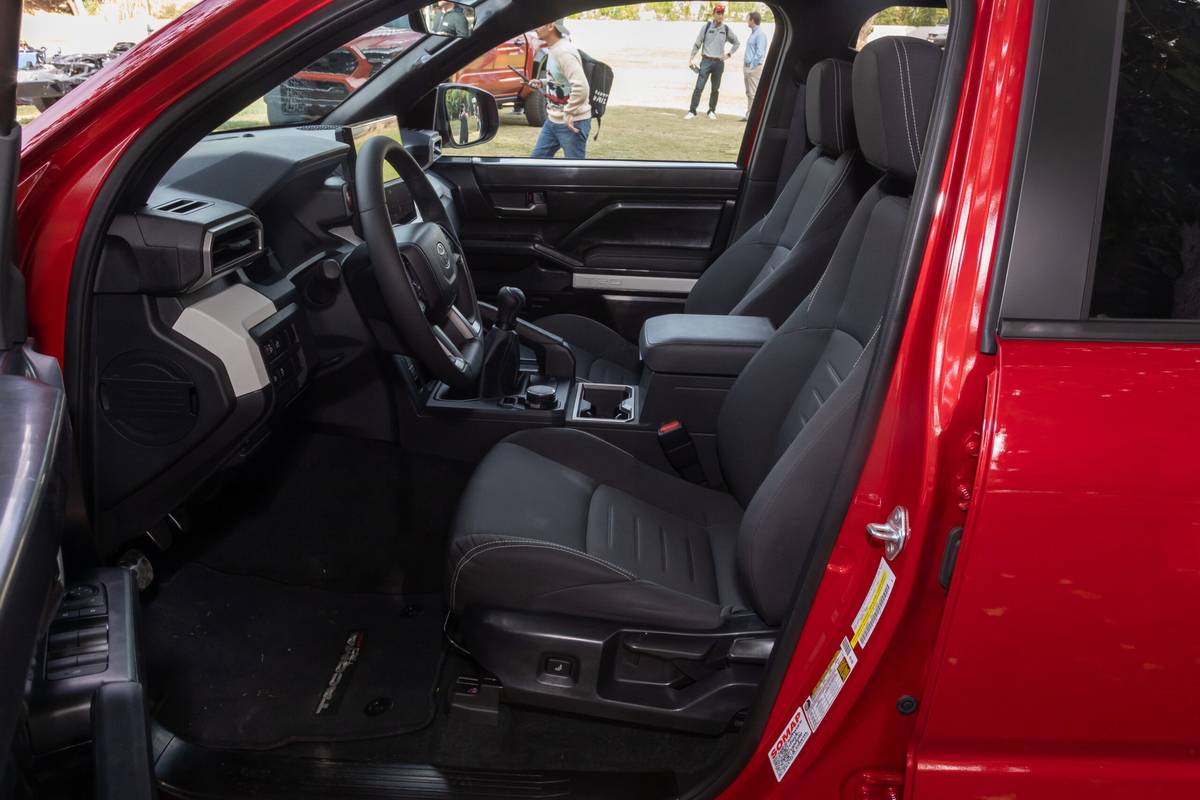









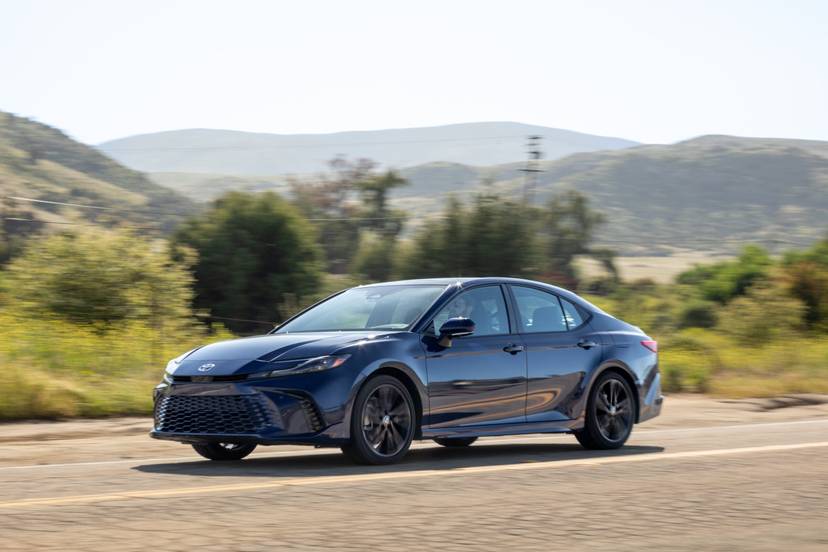

.png)



